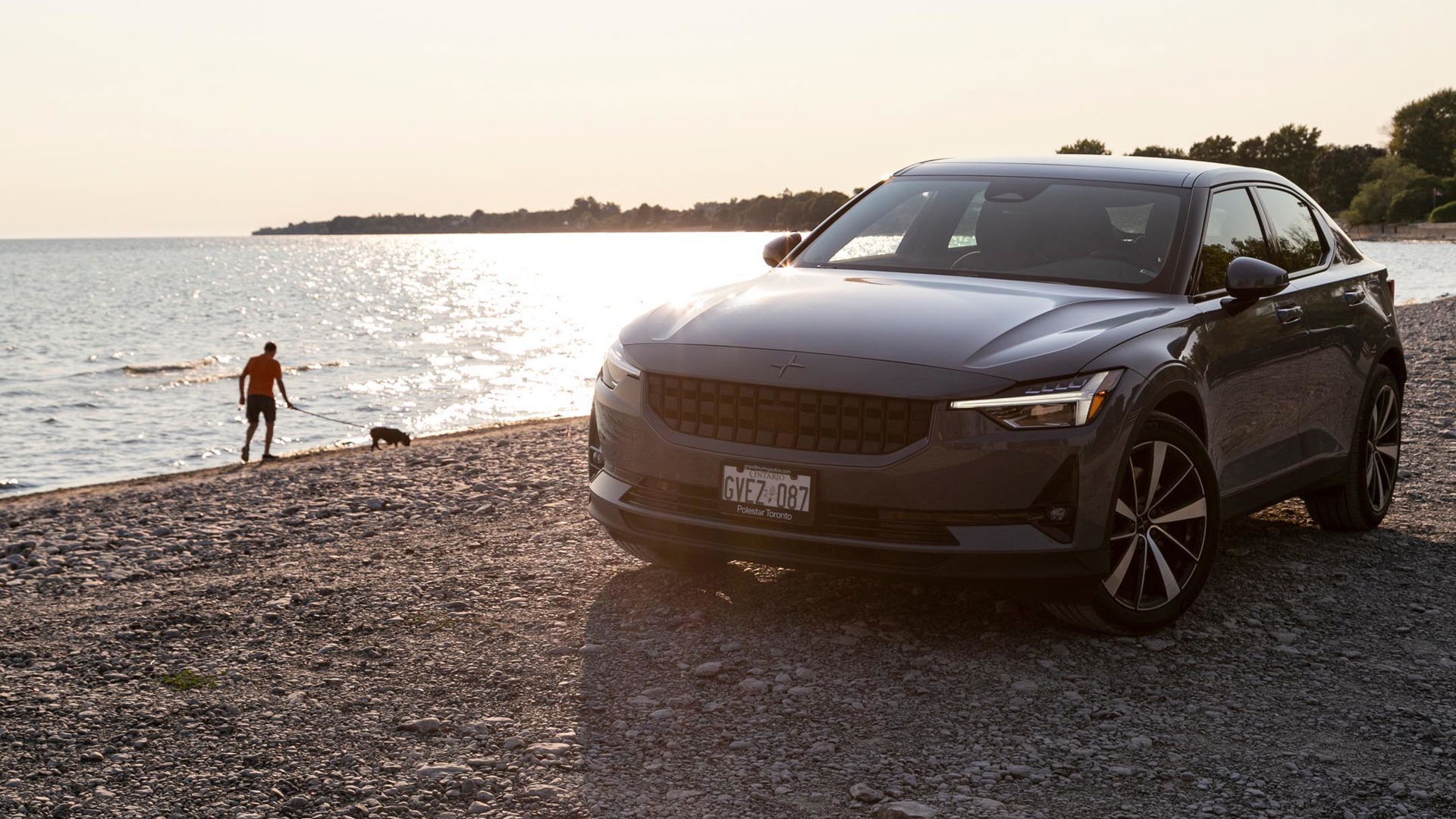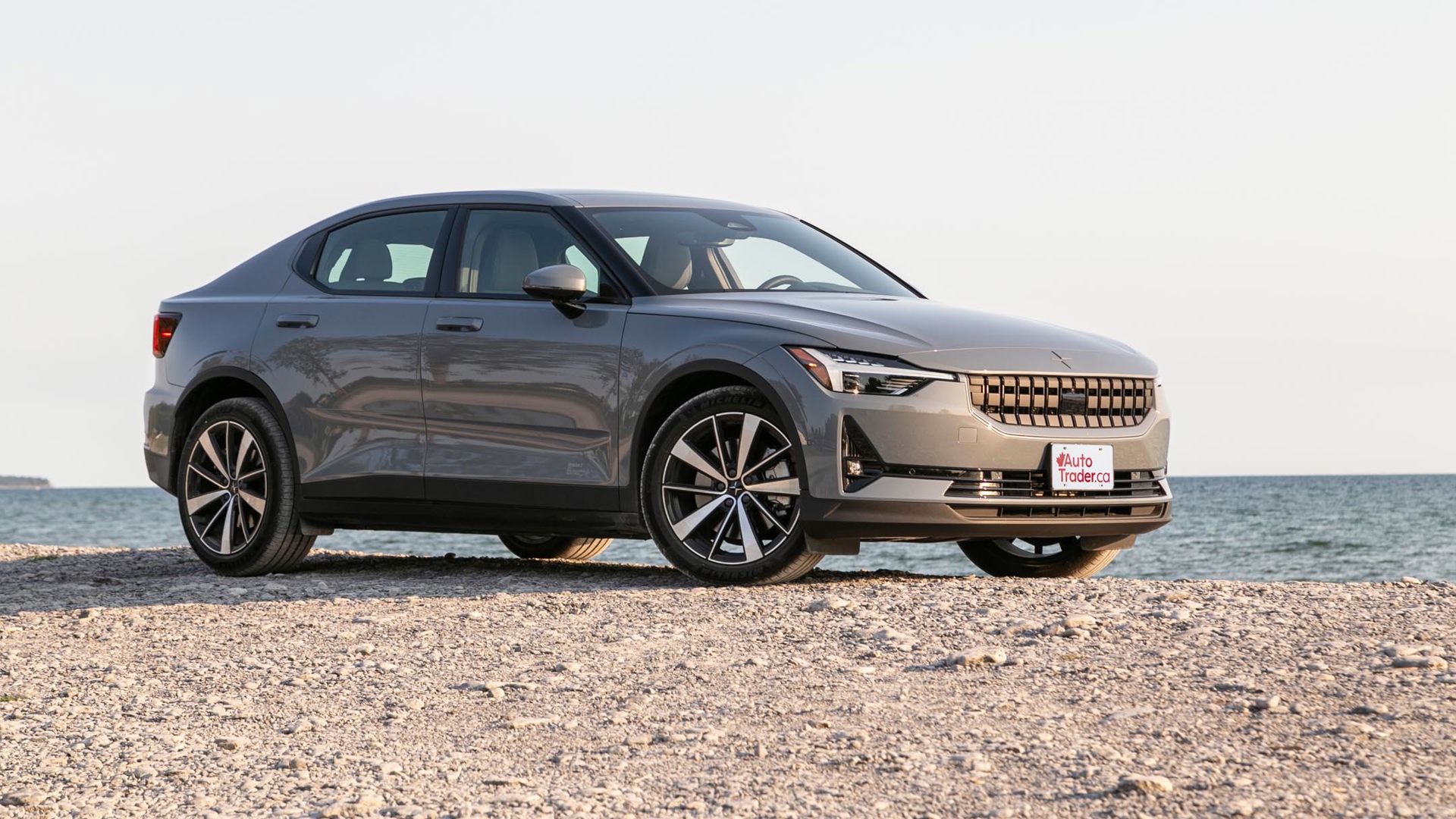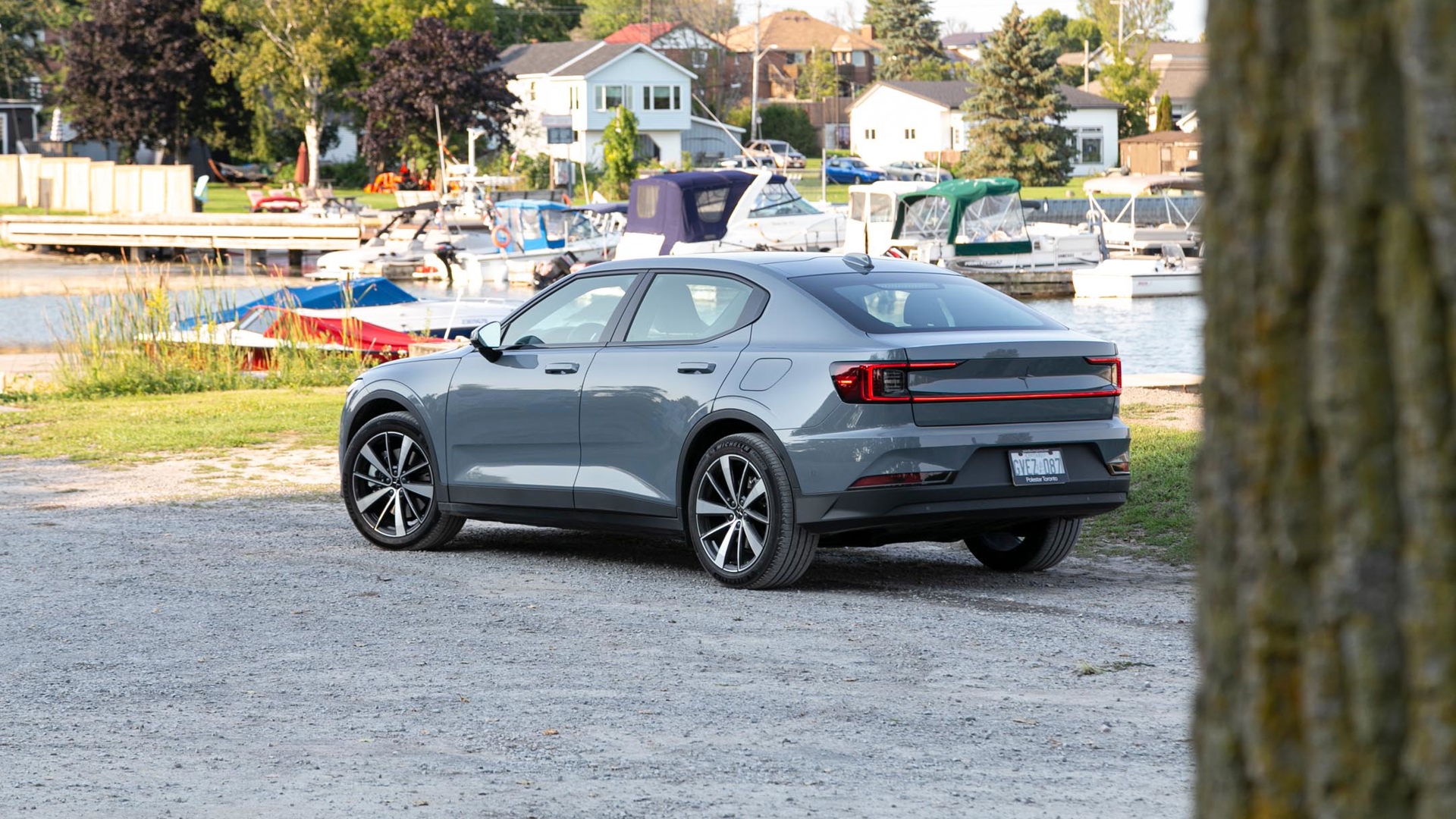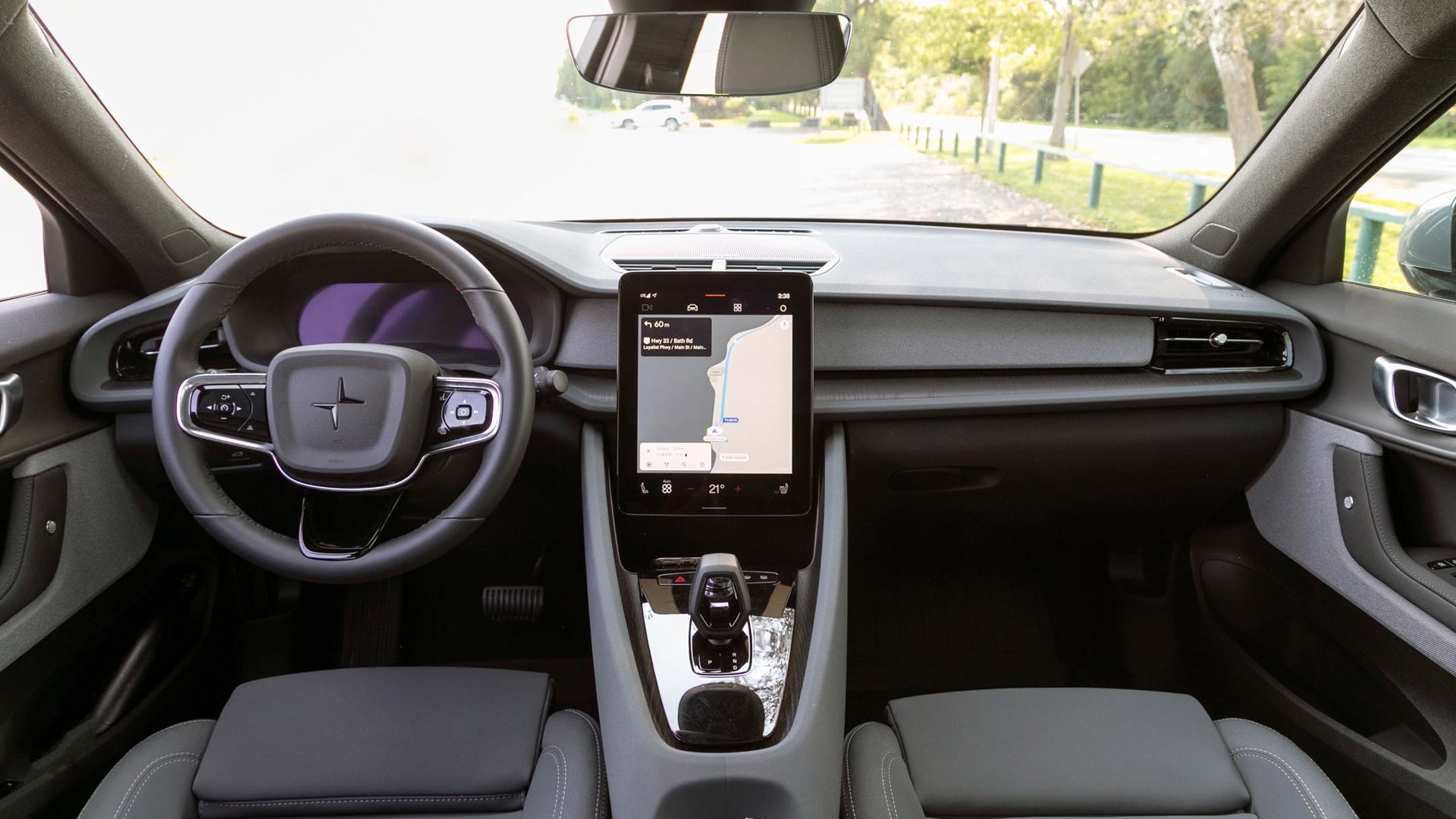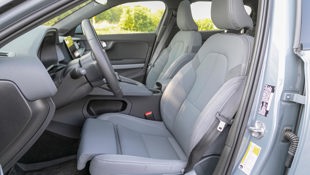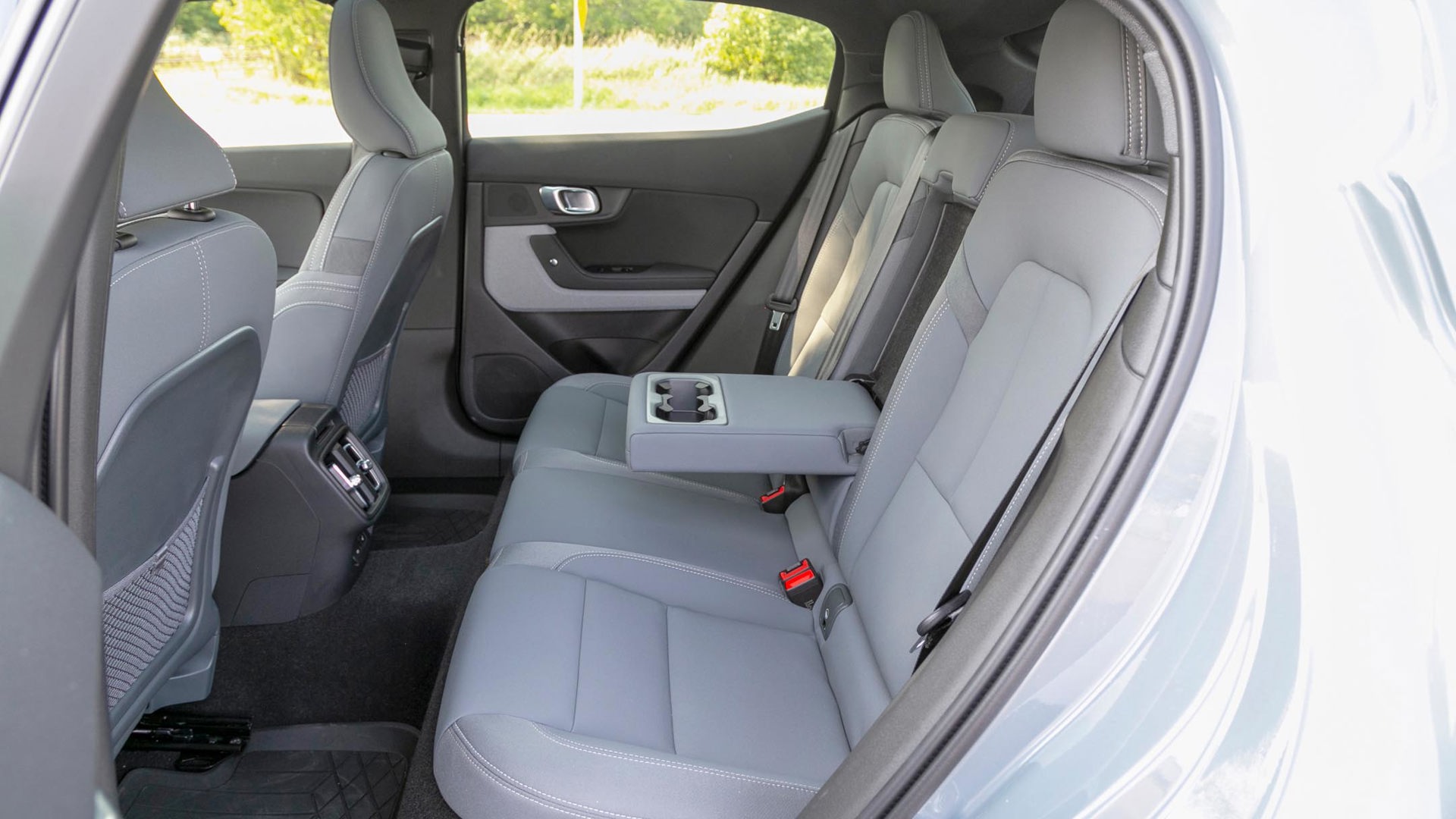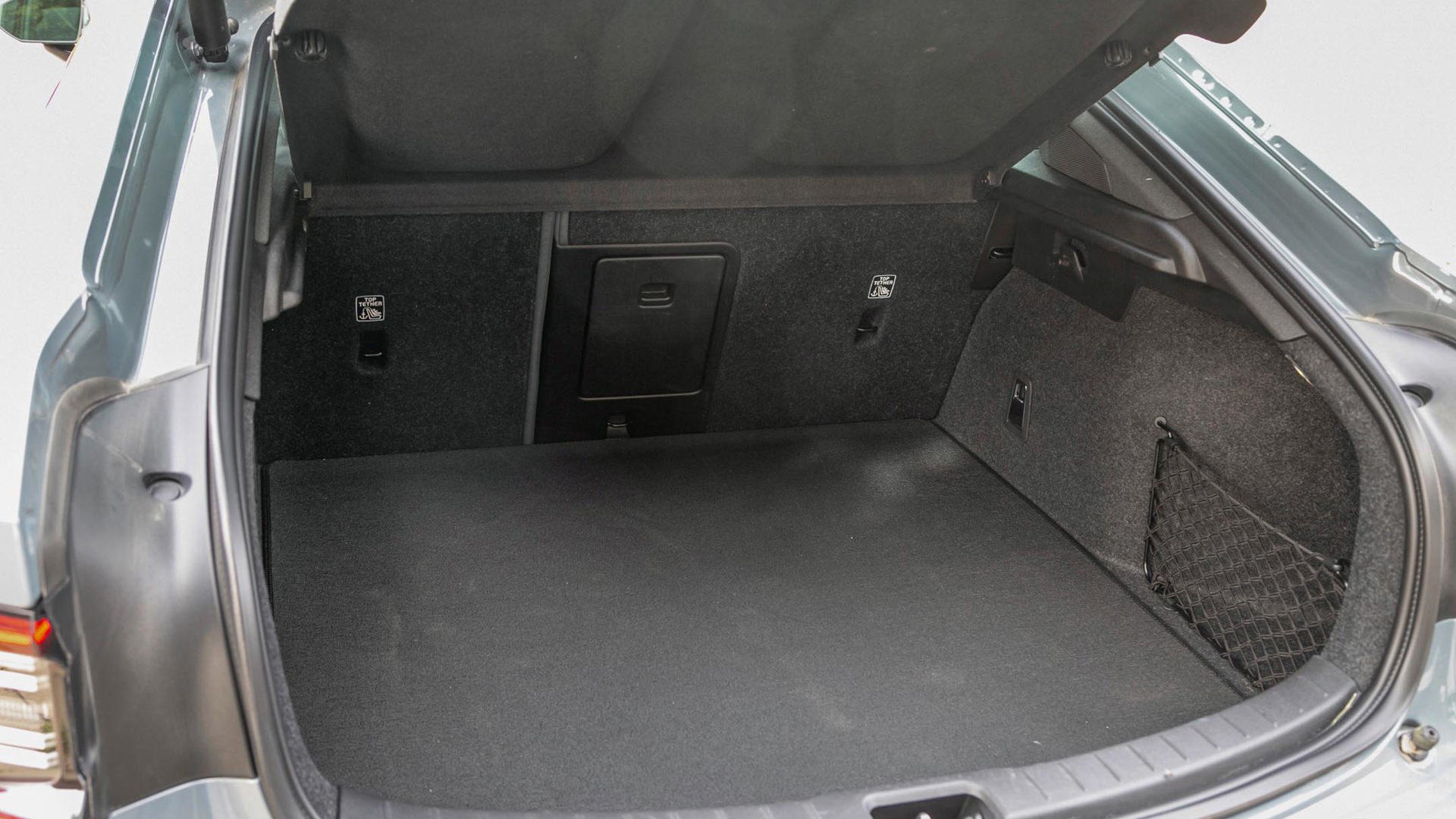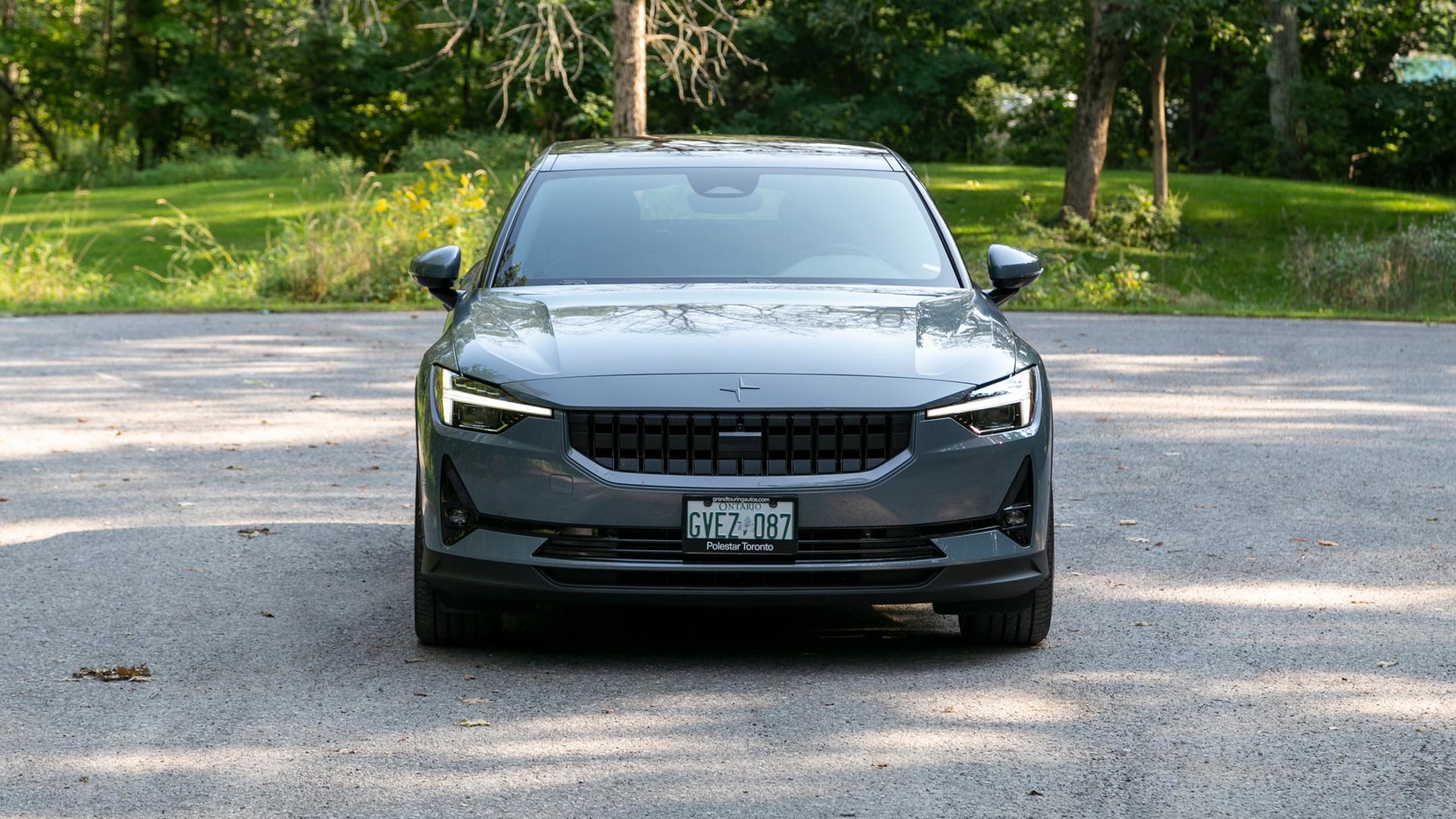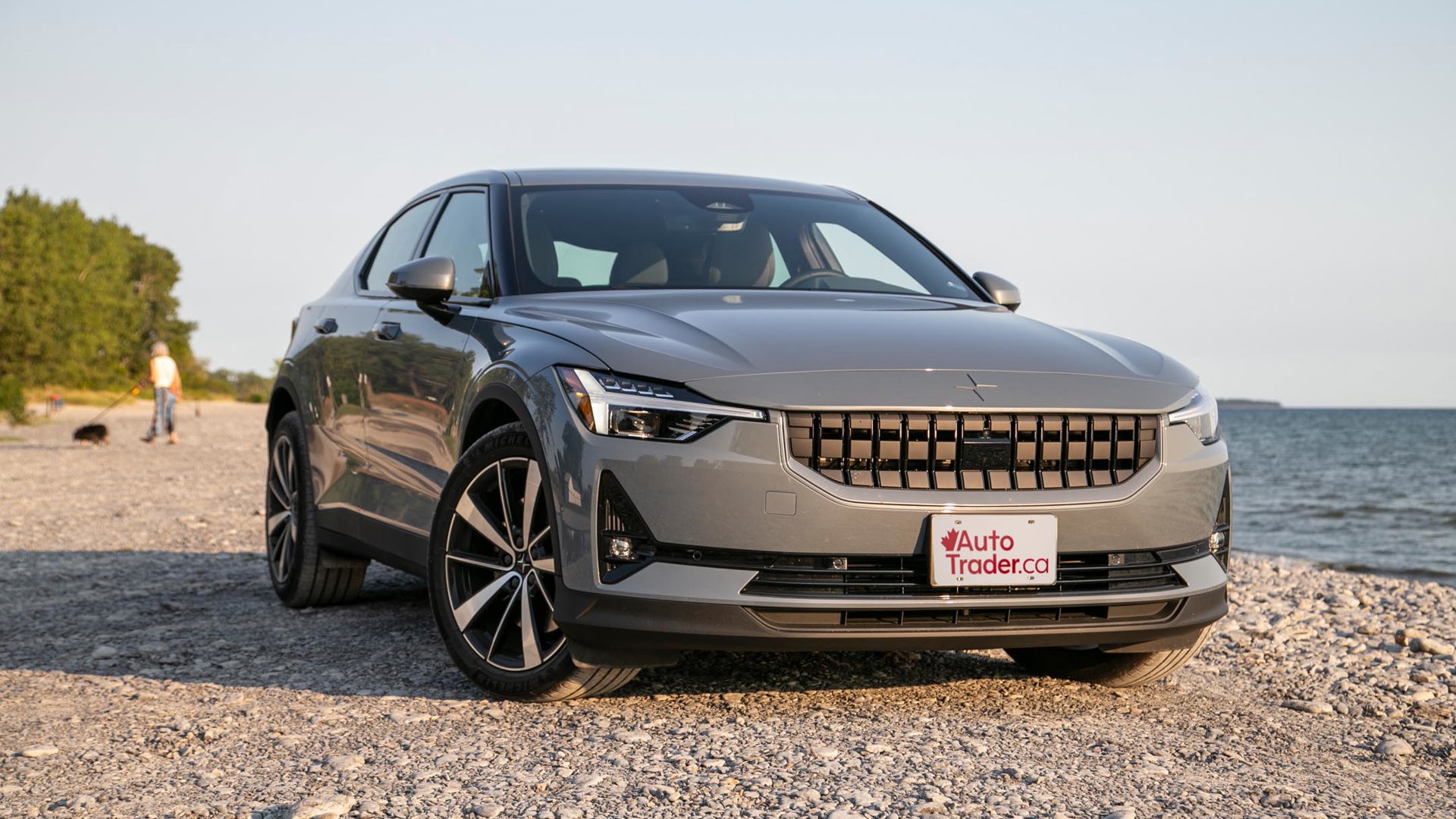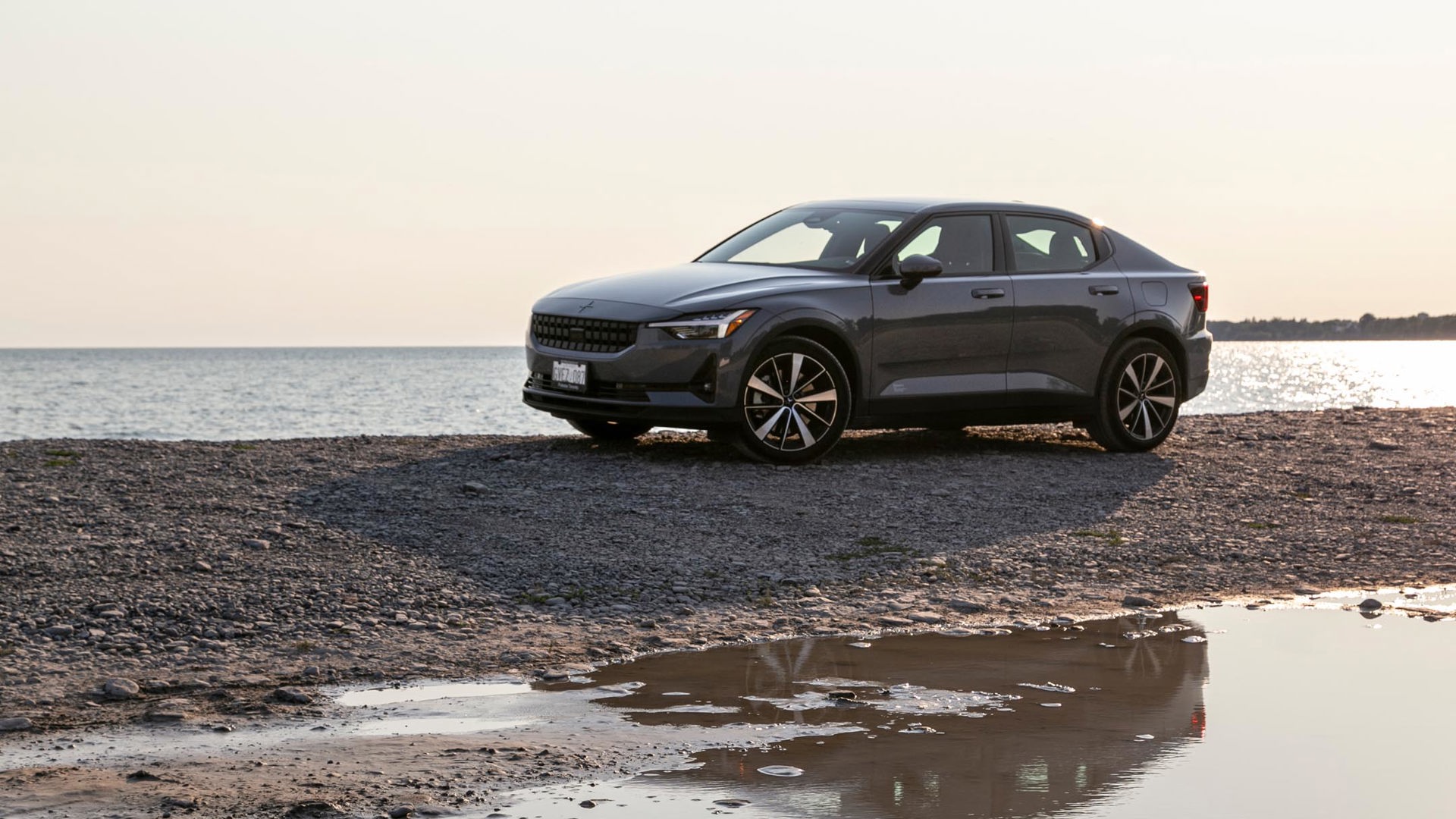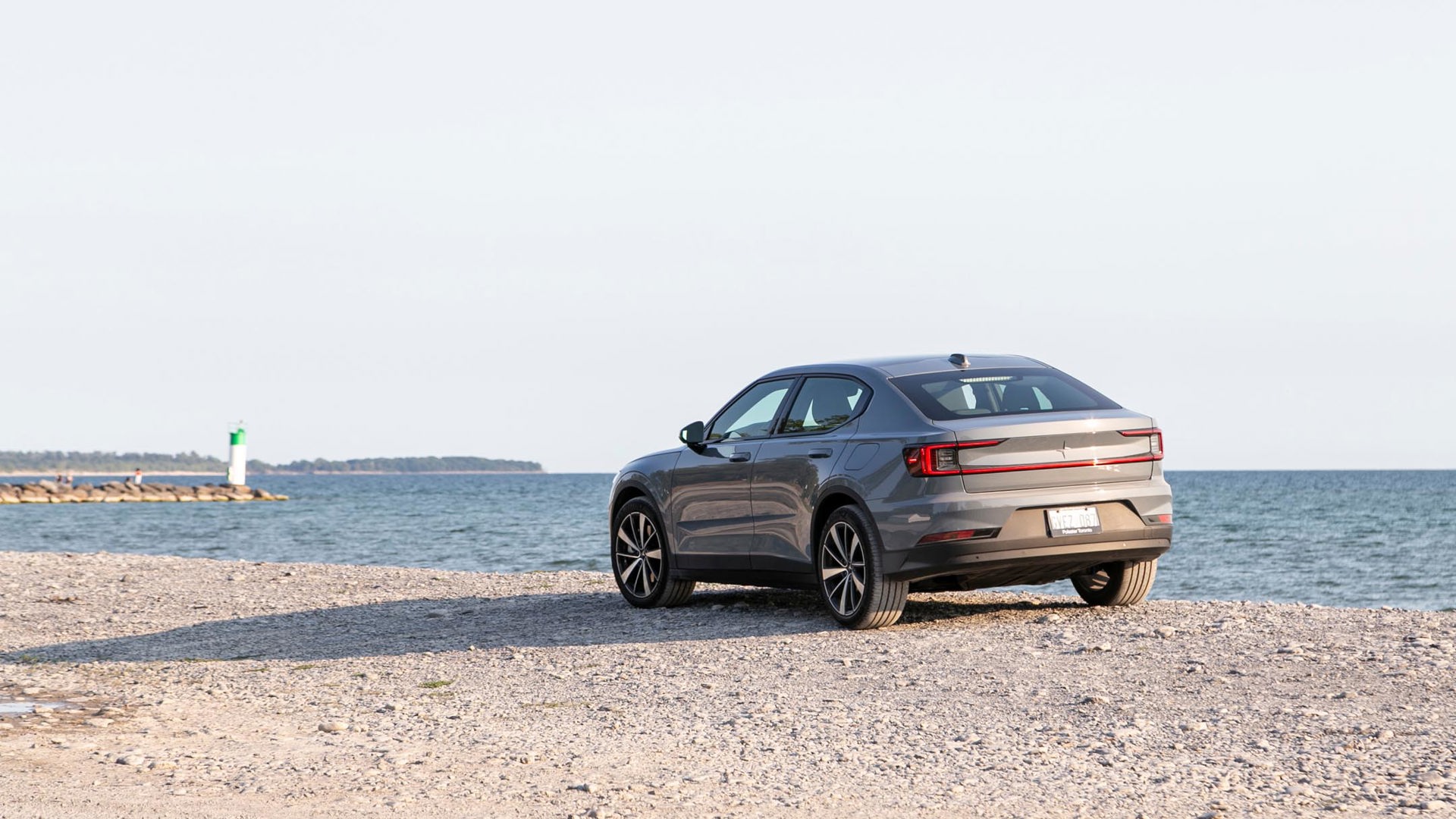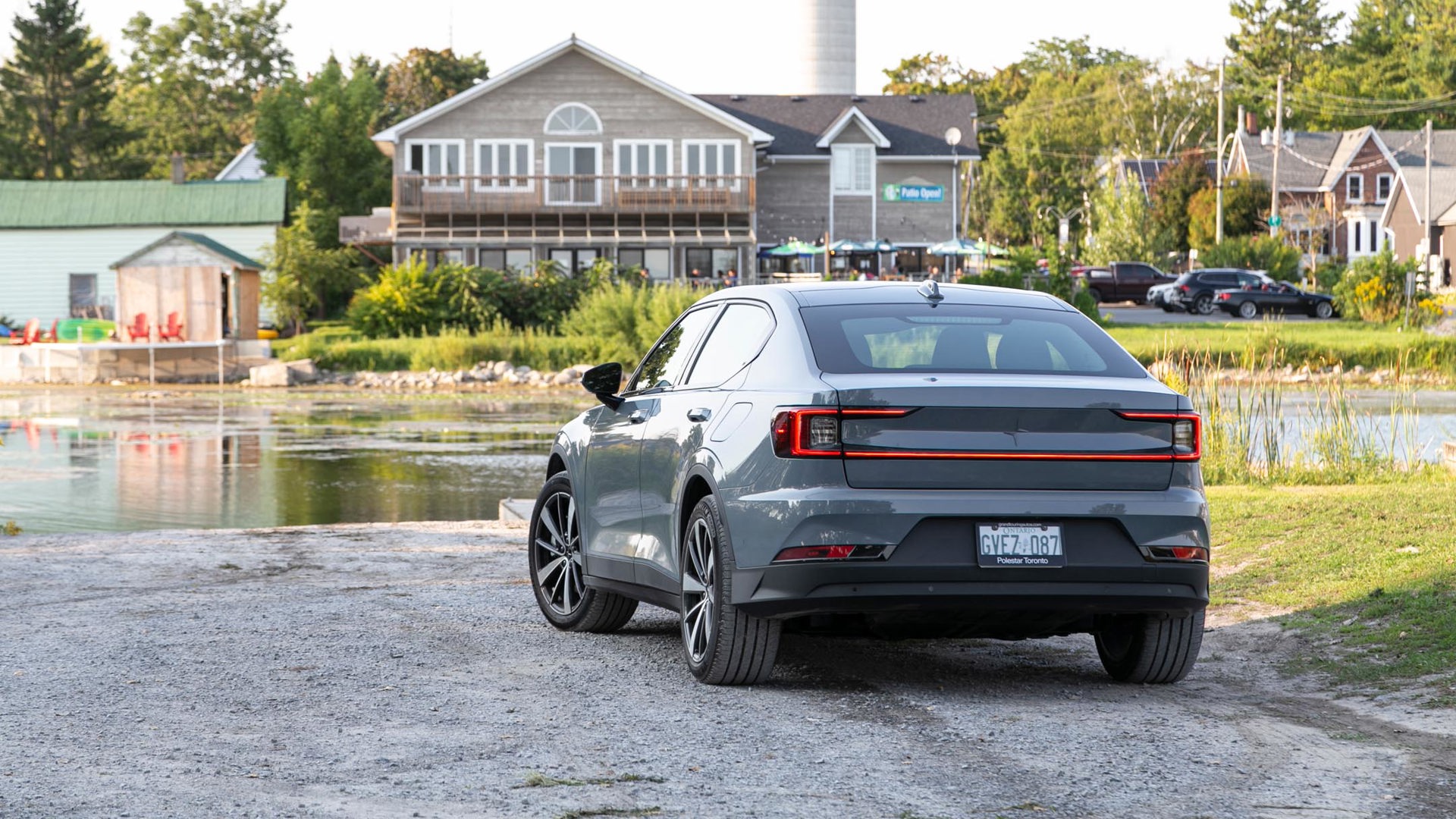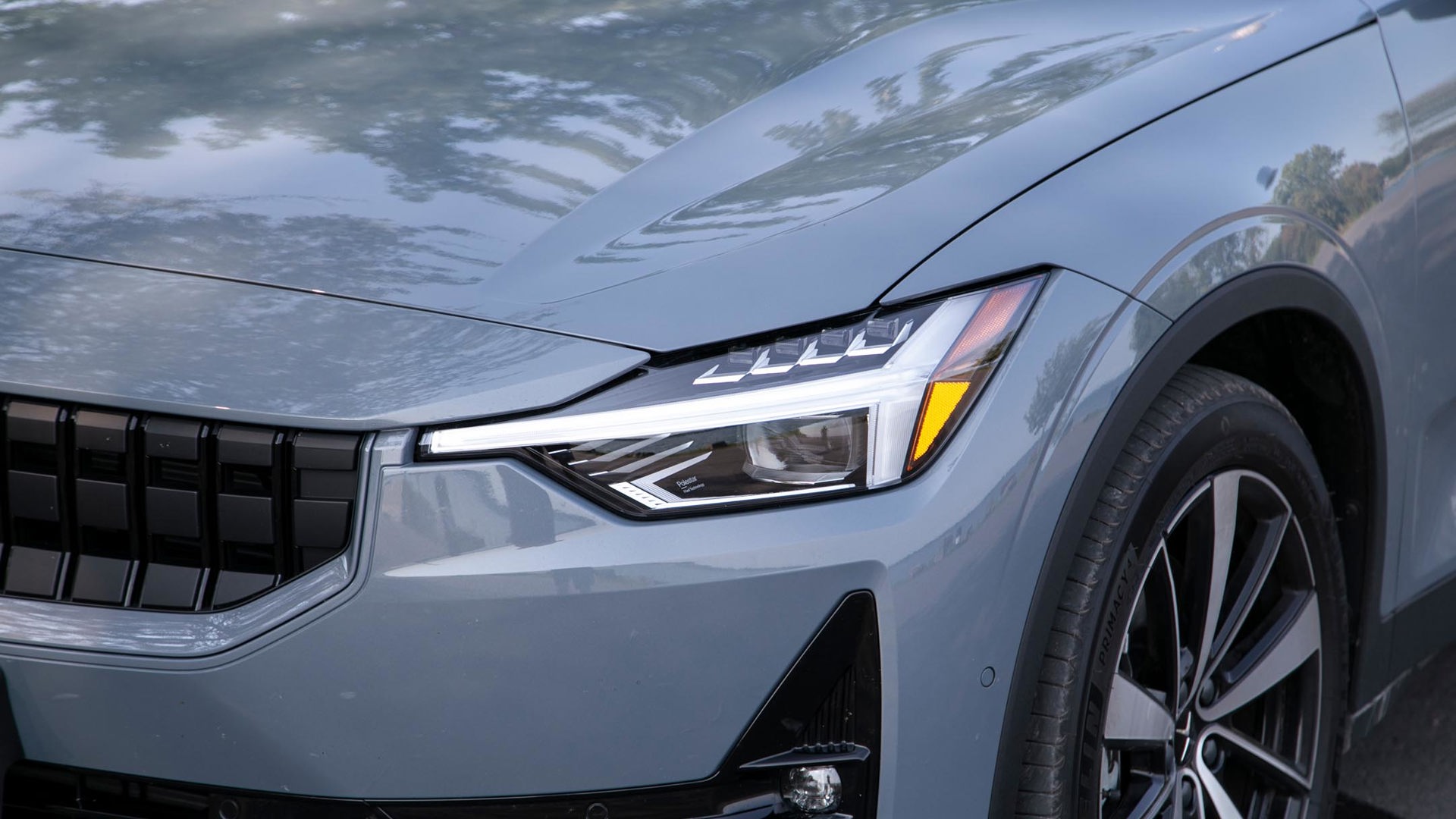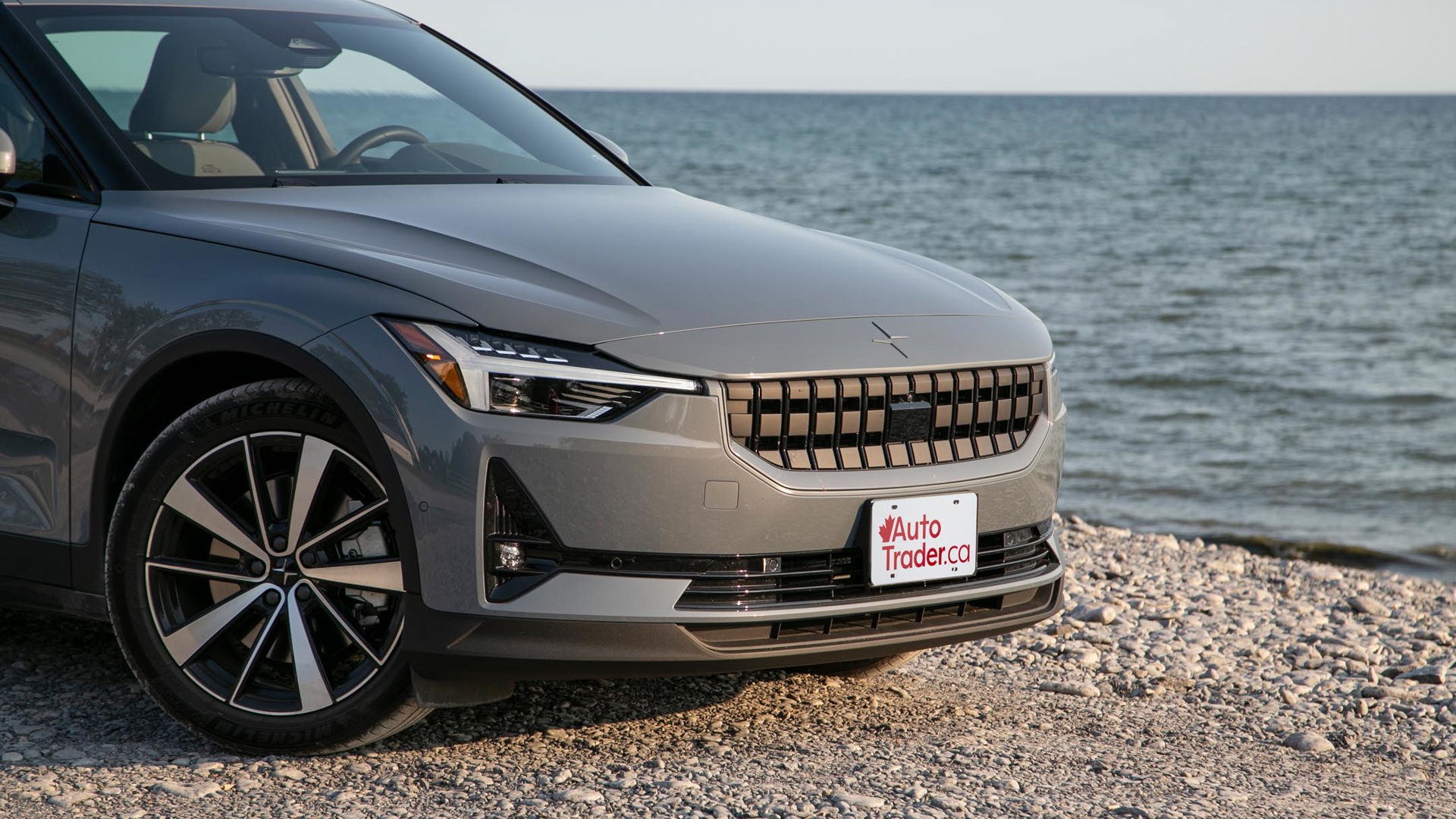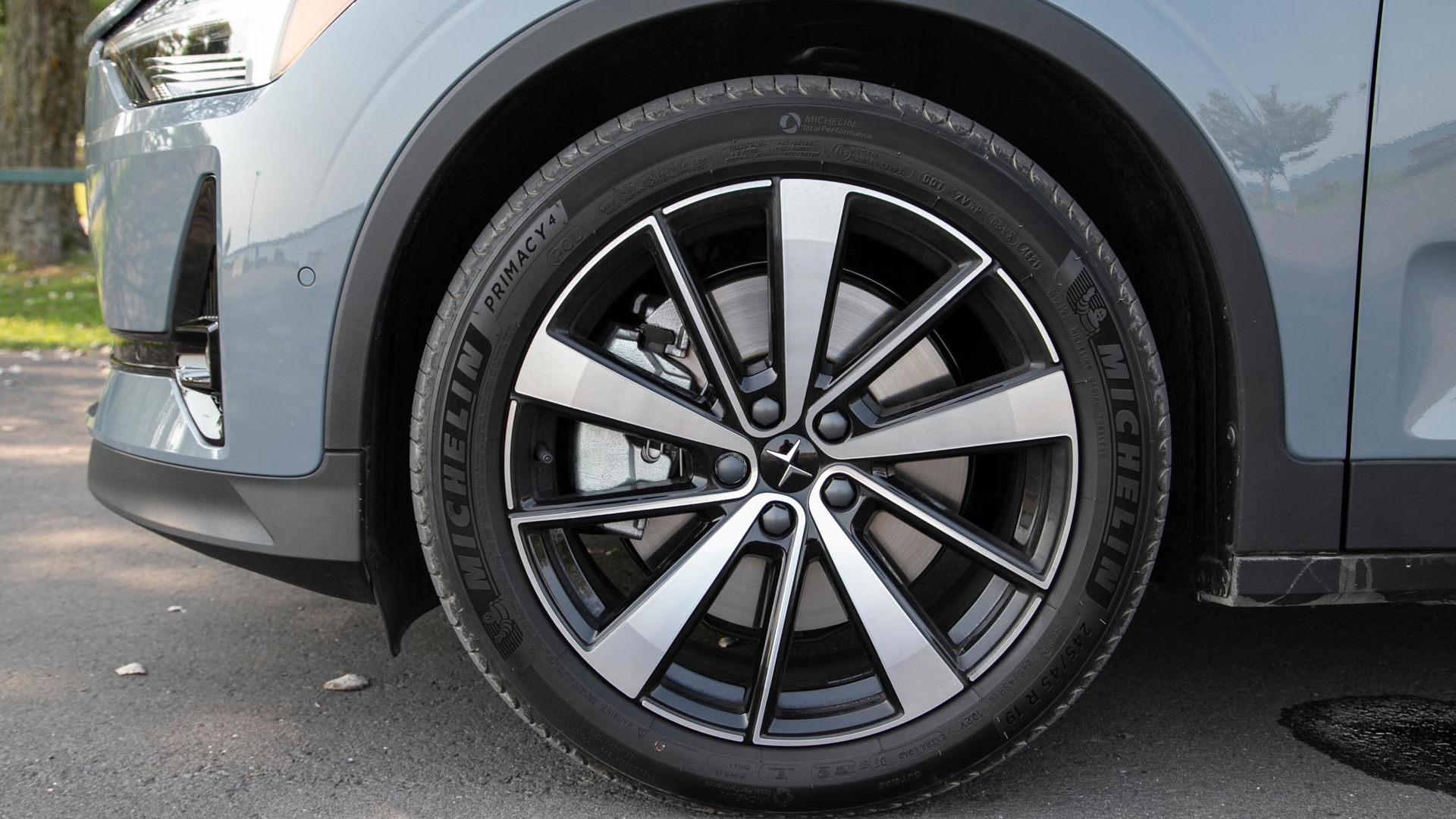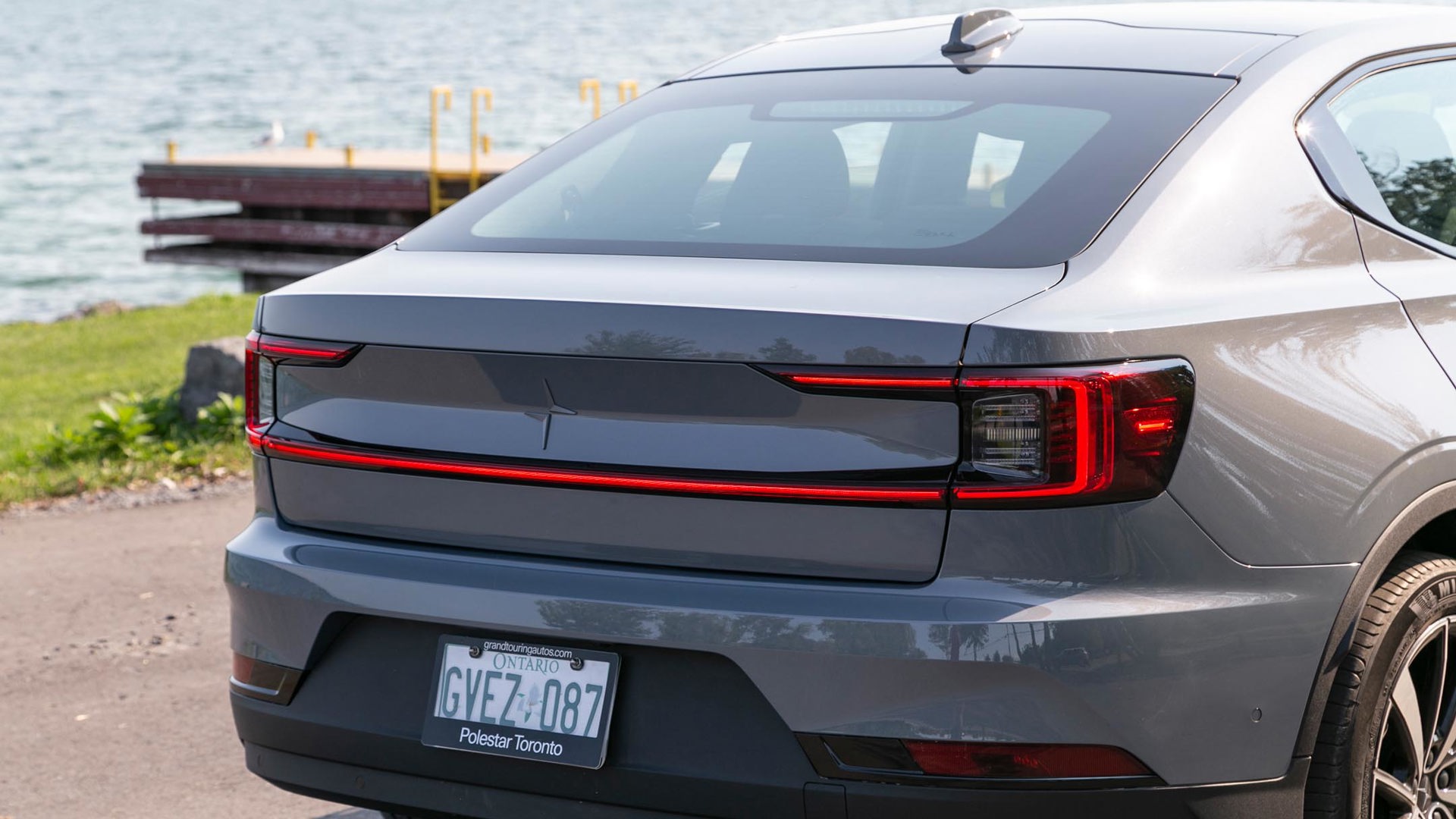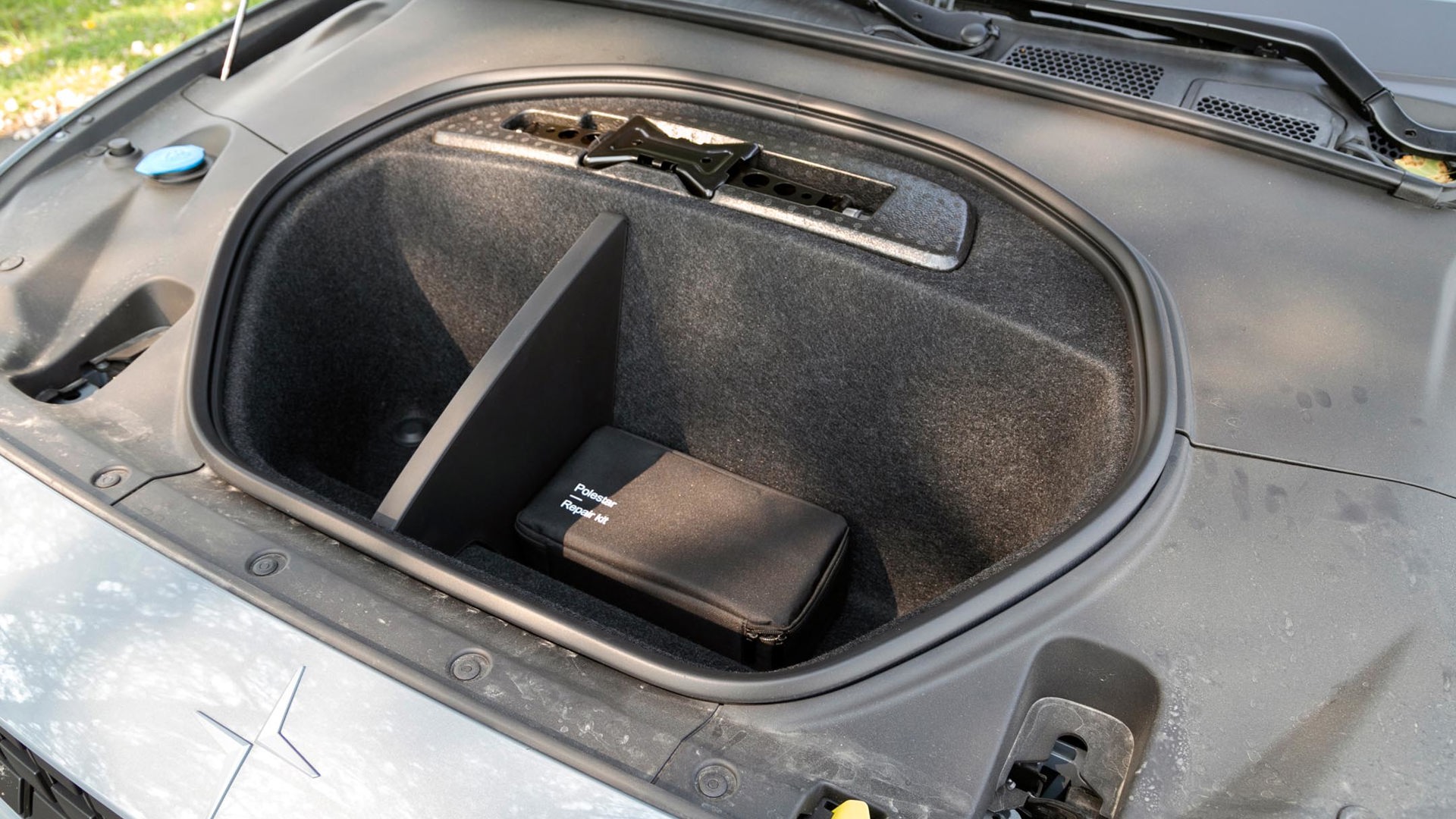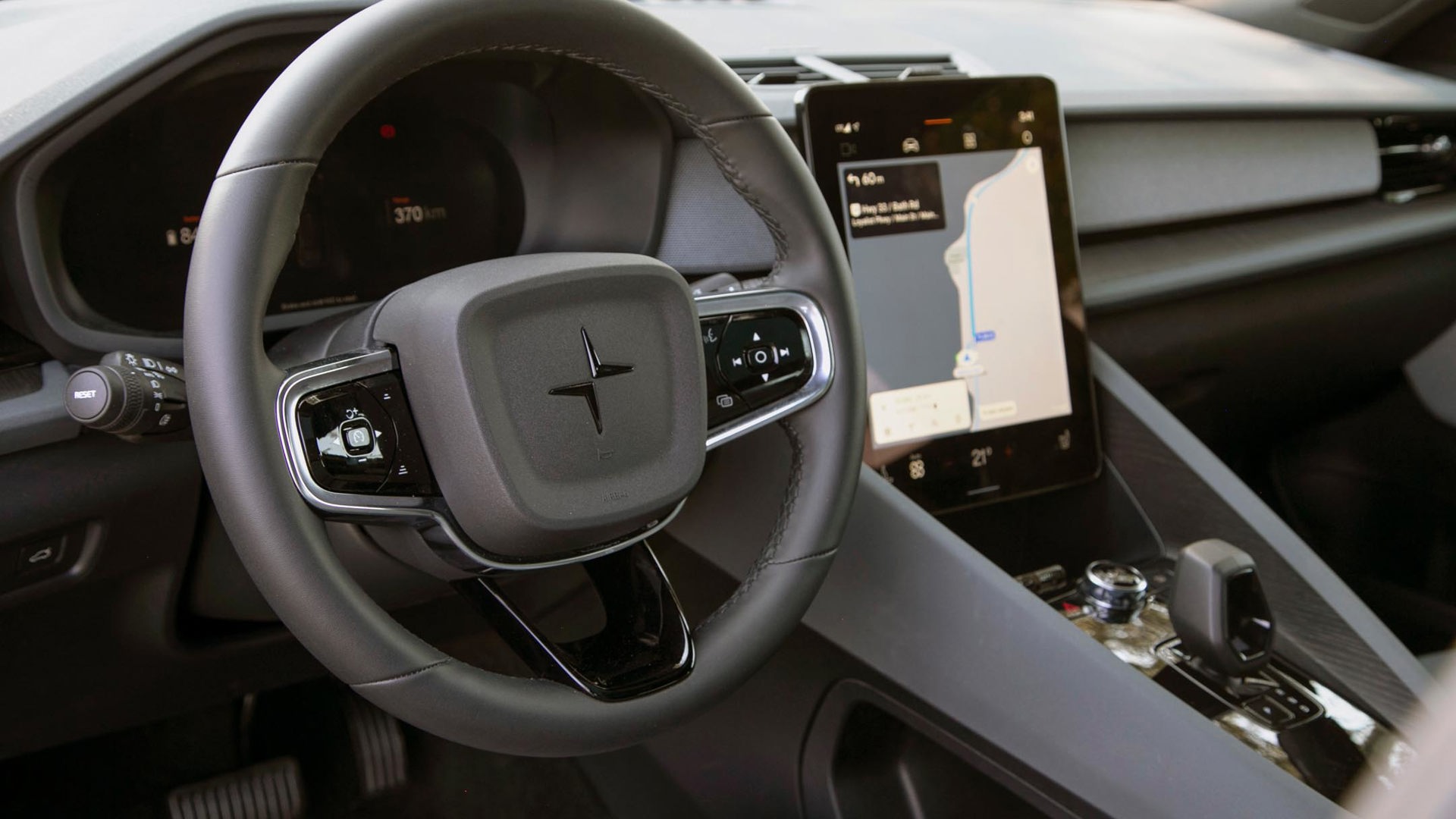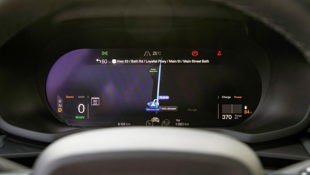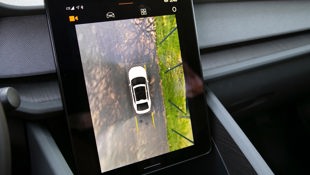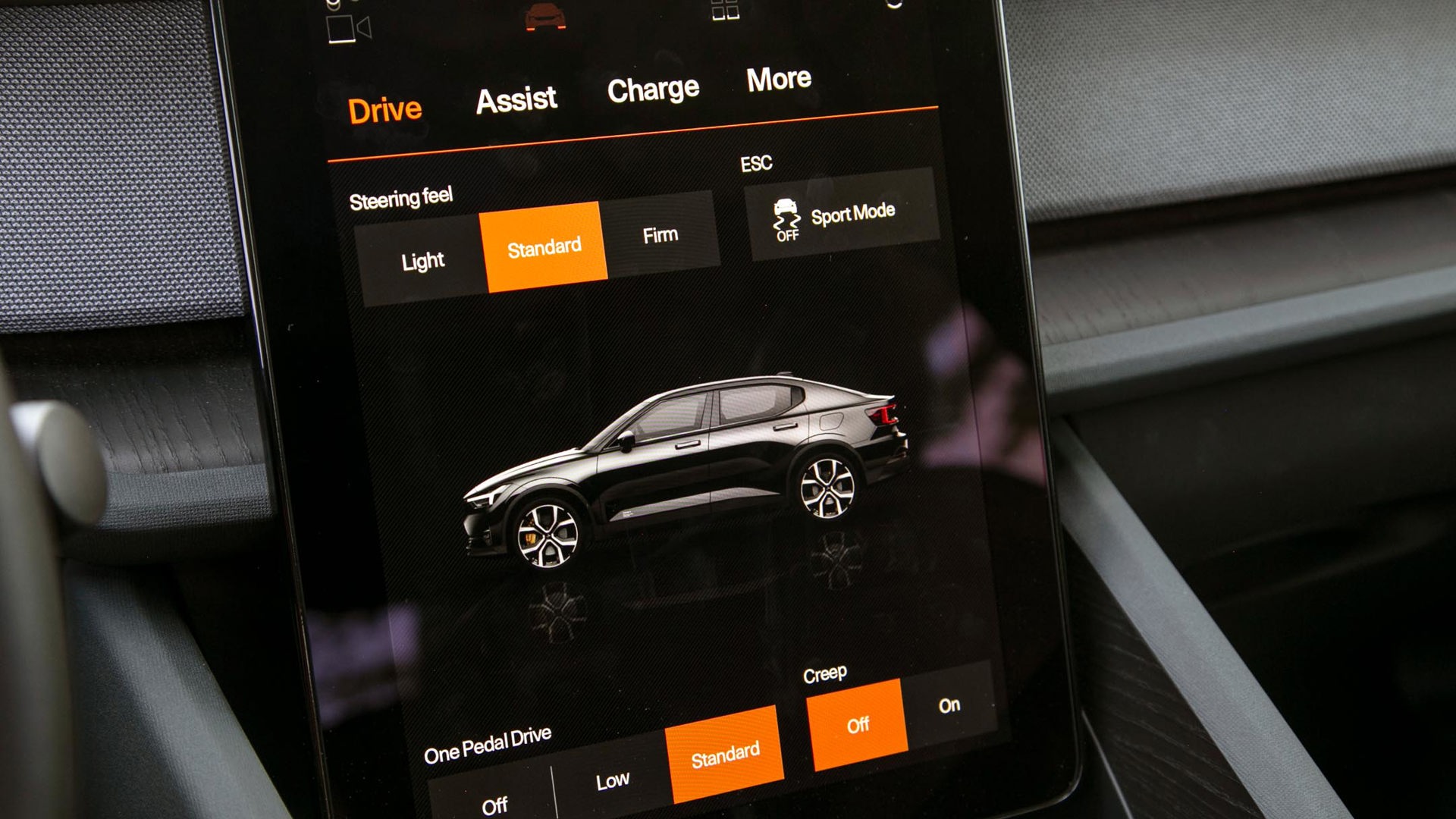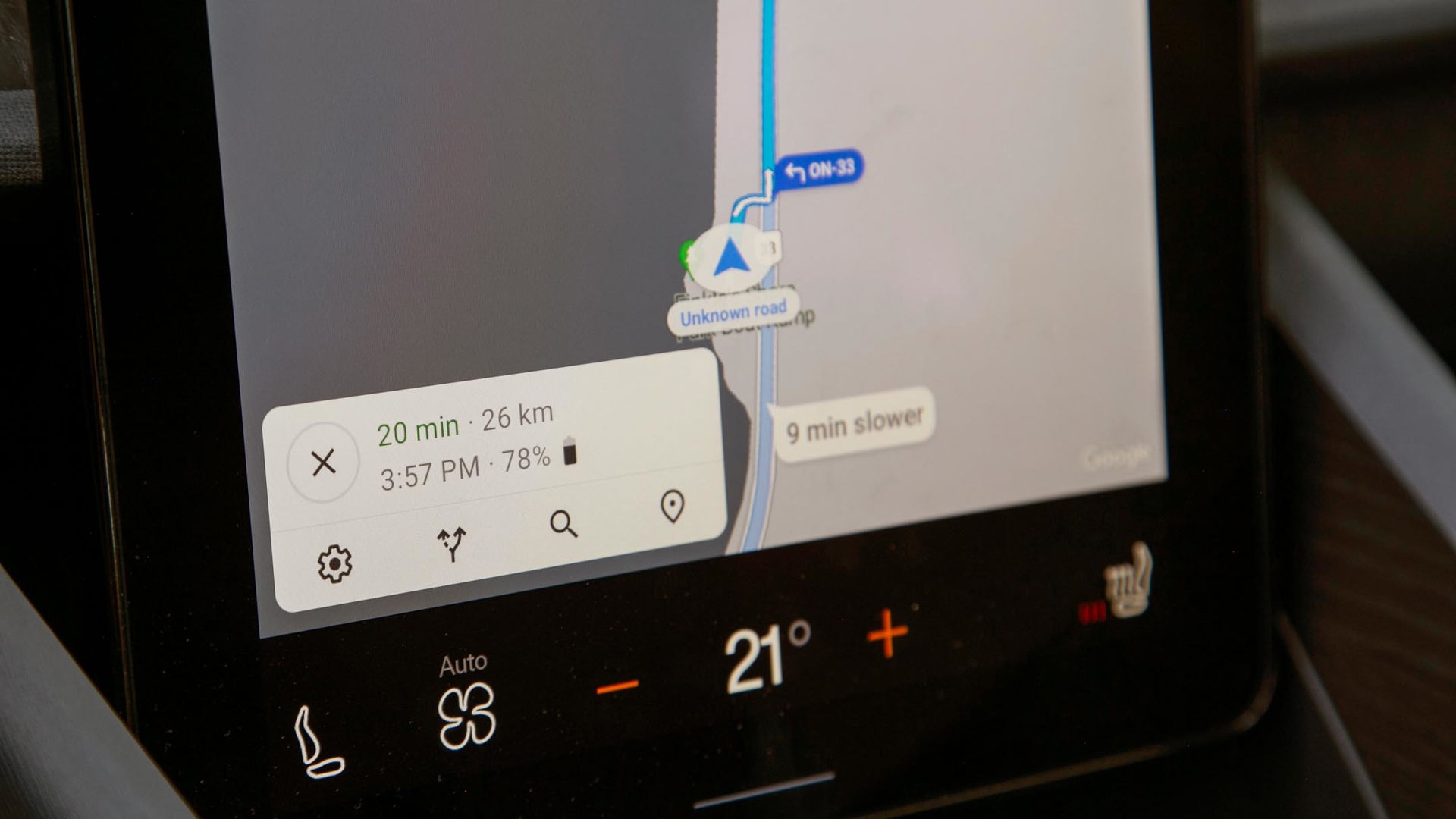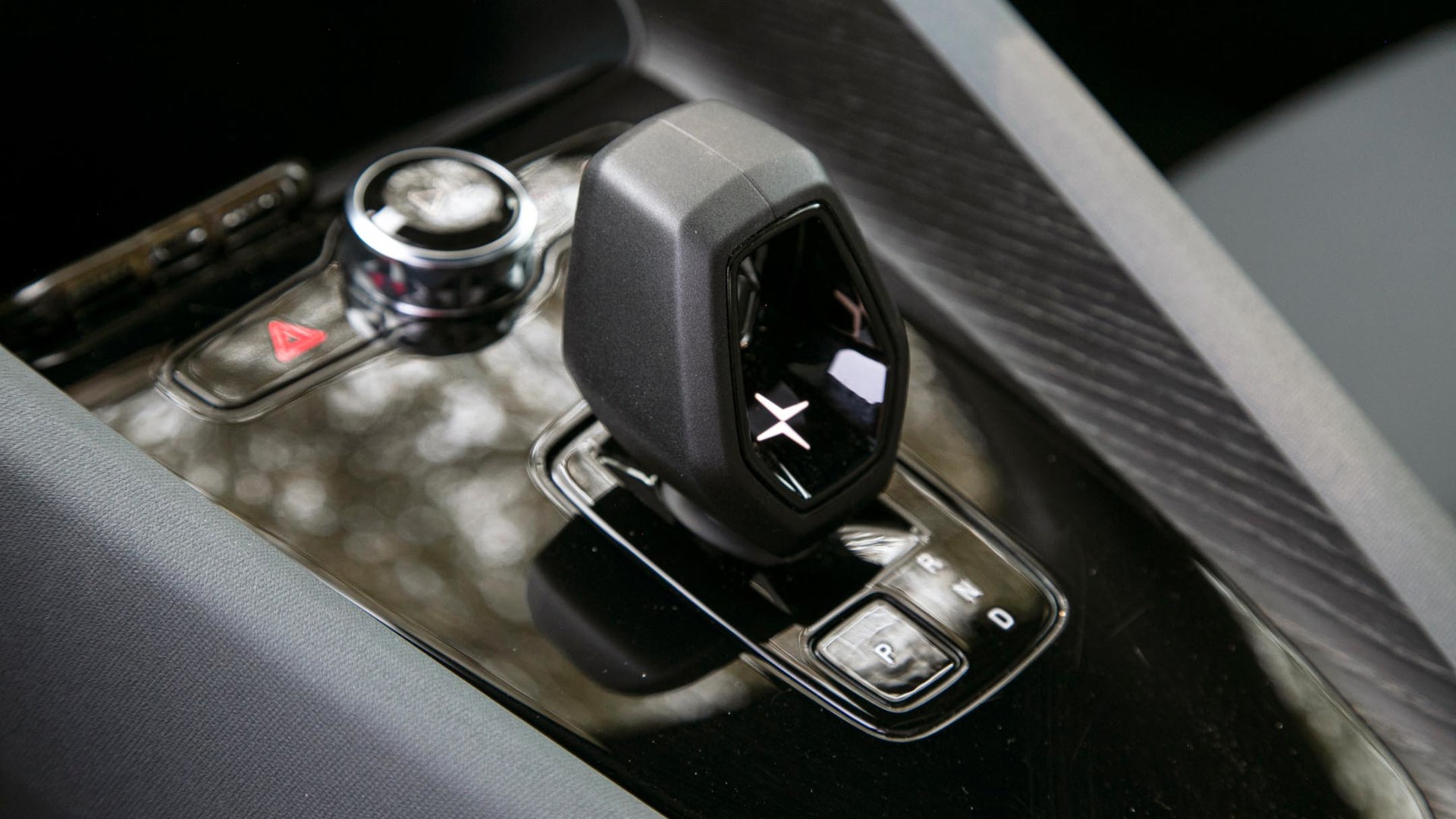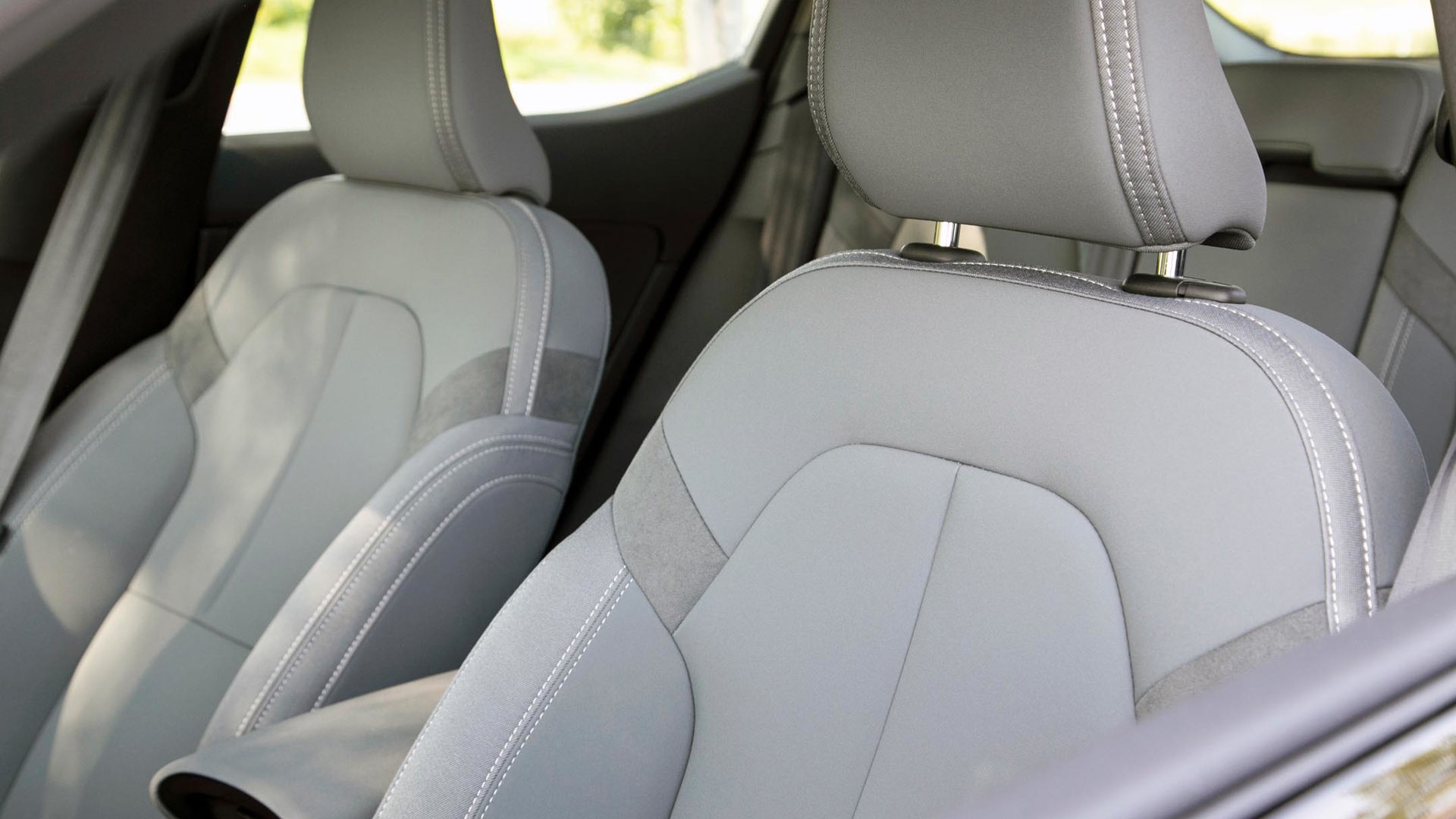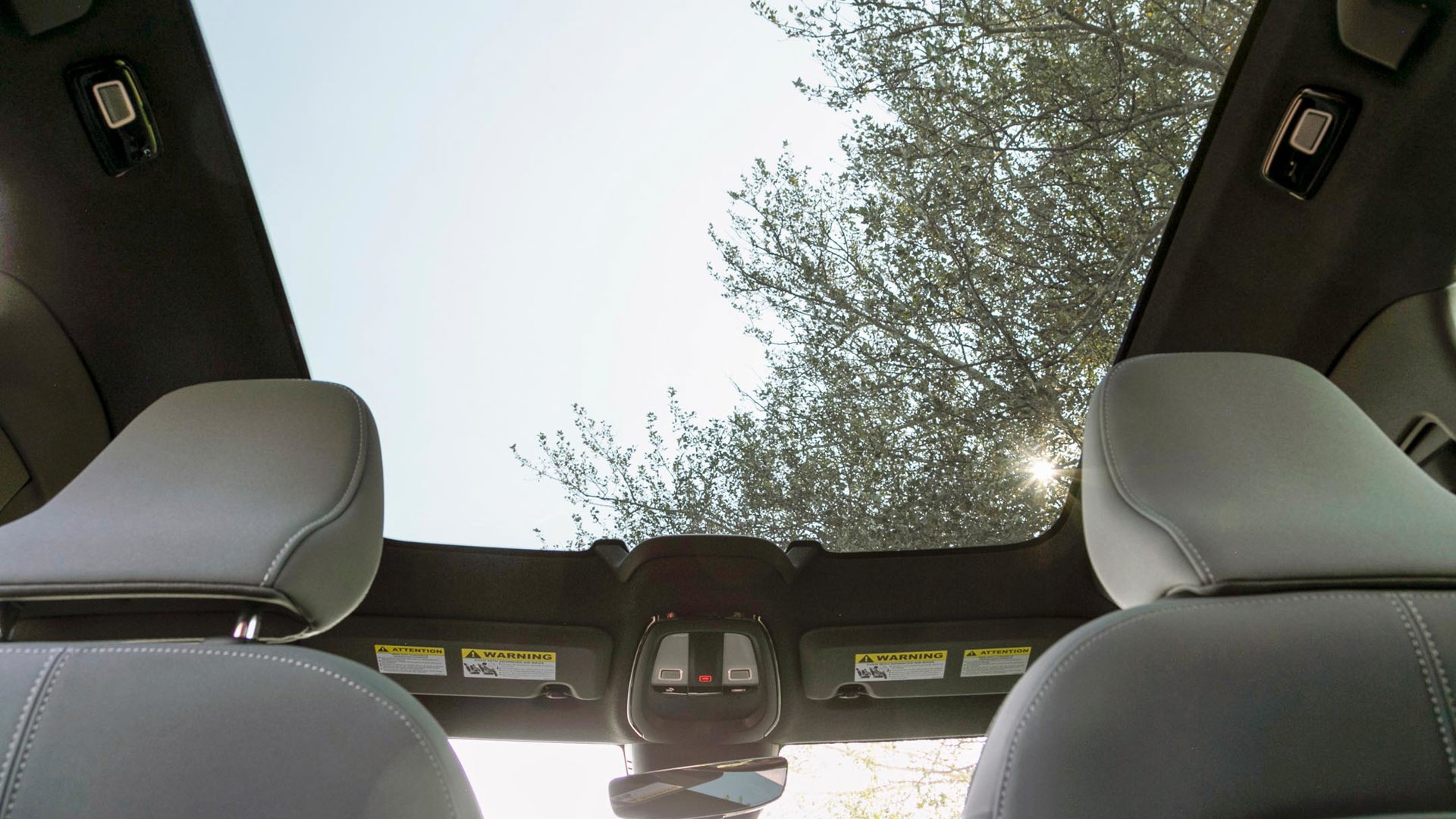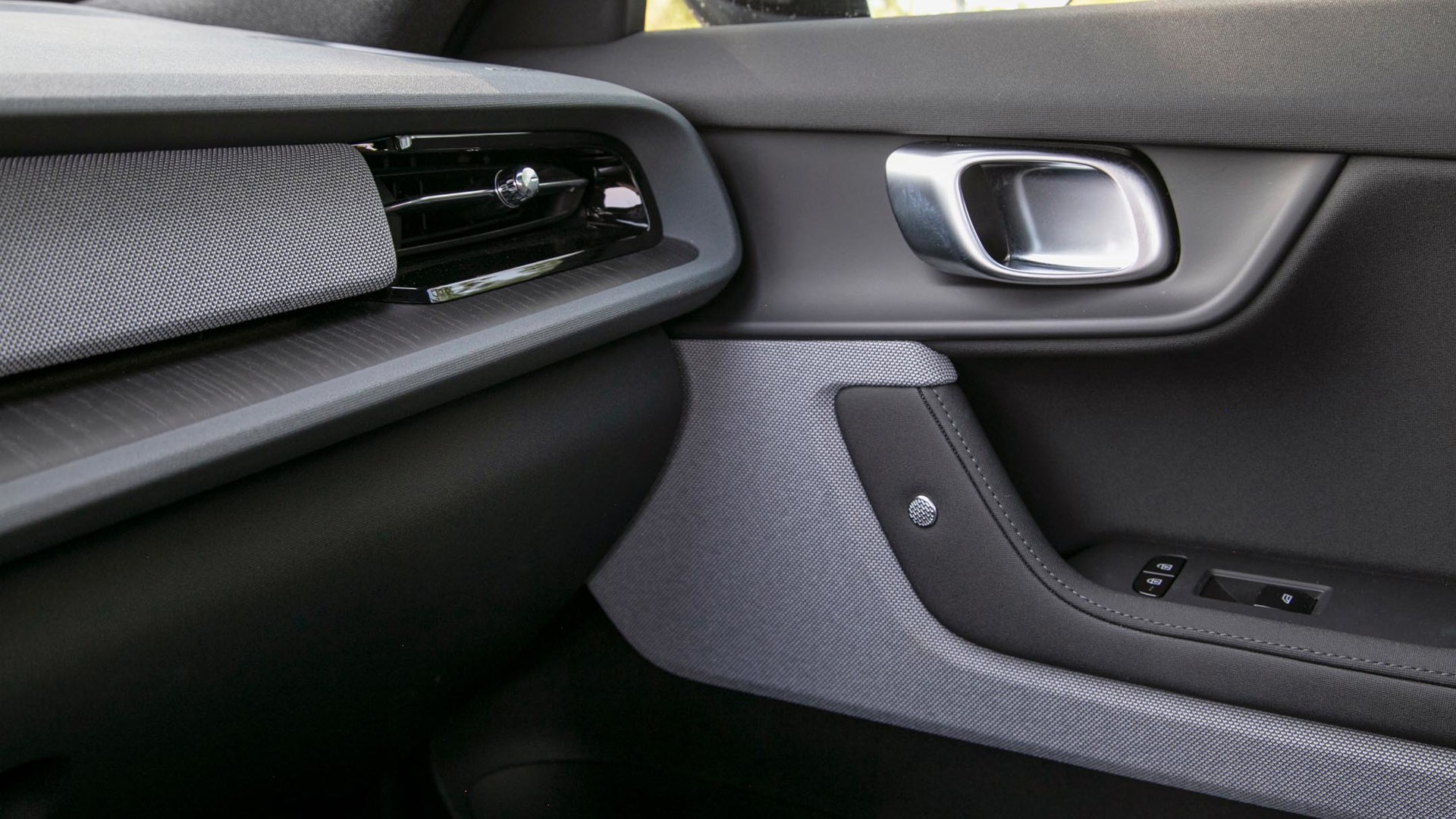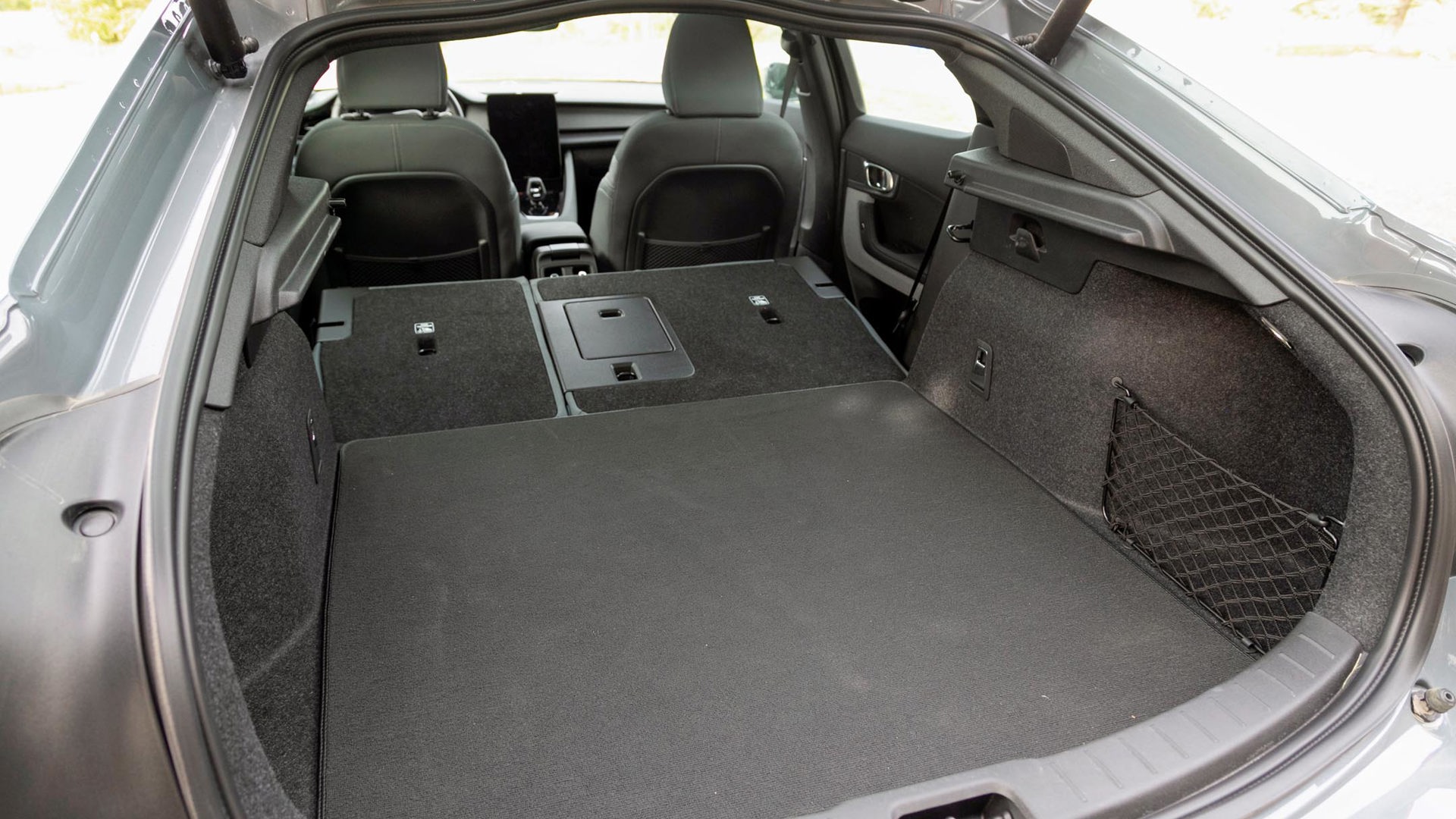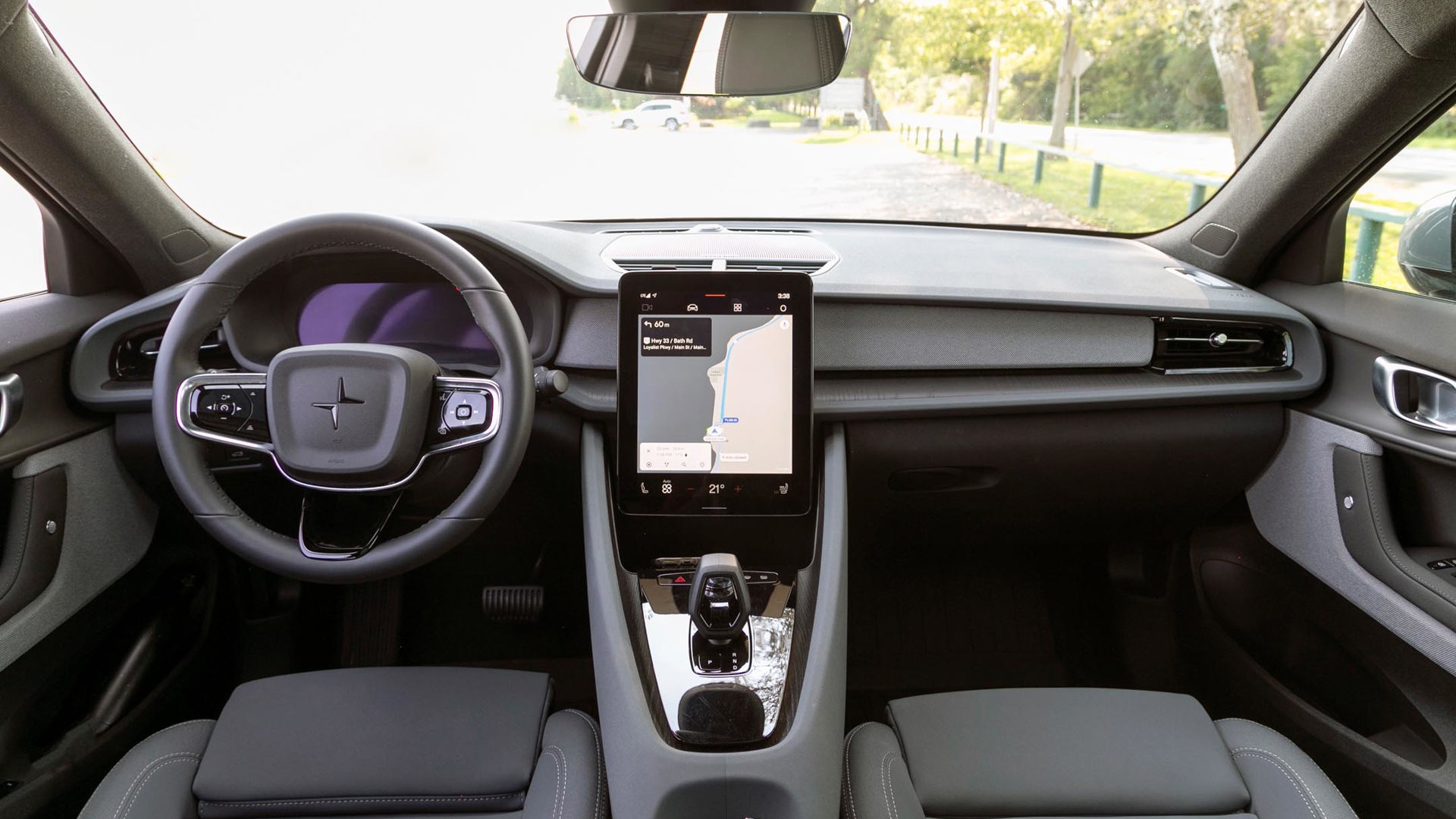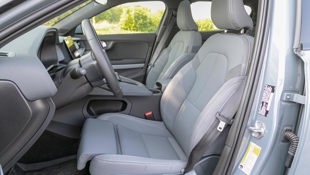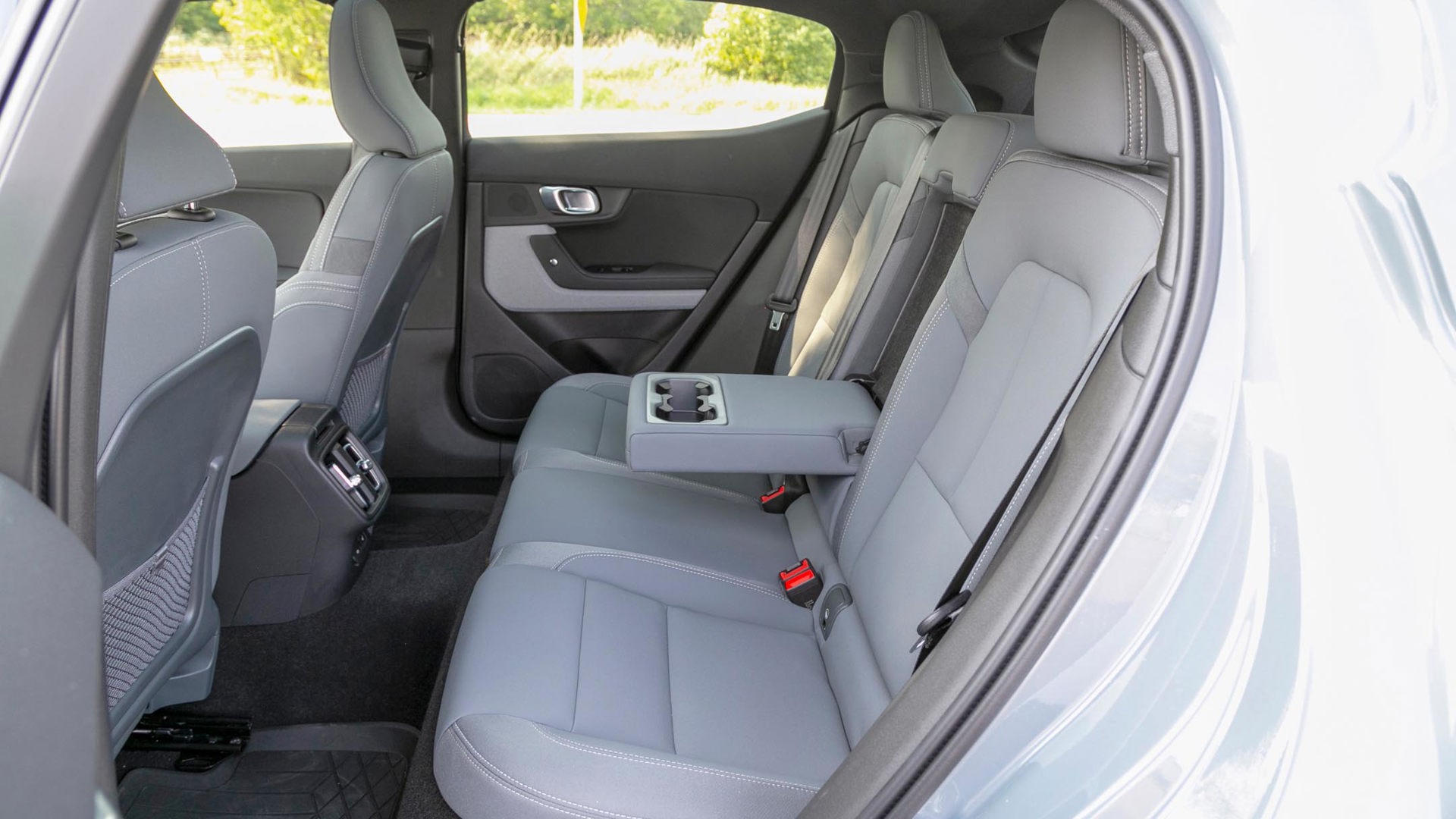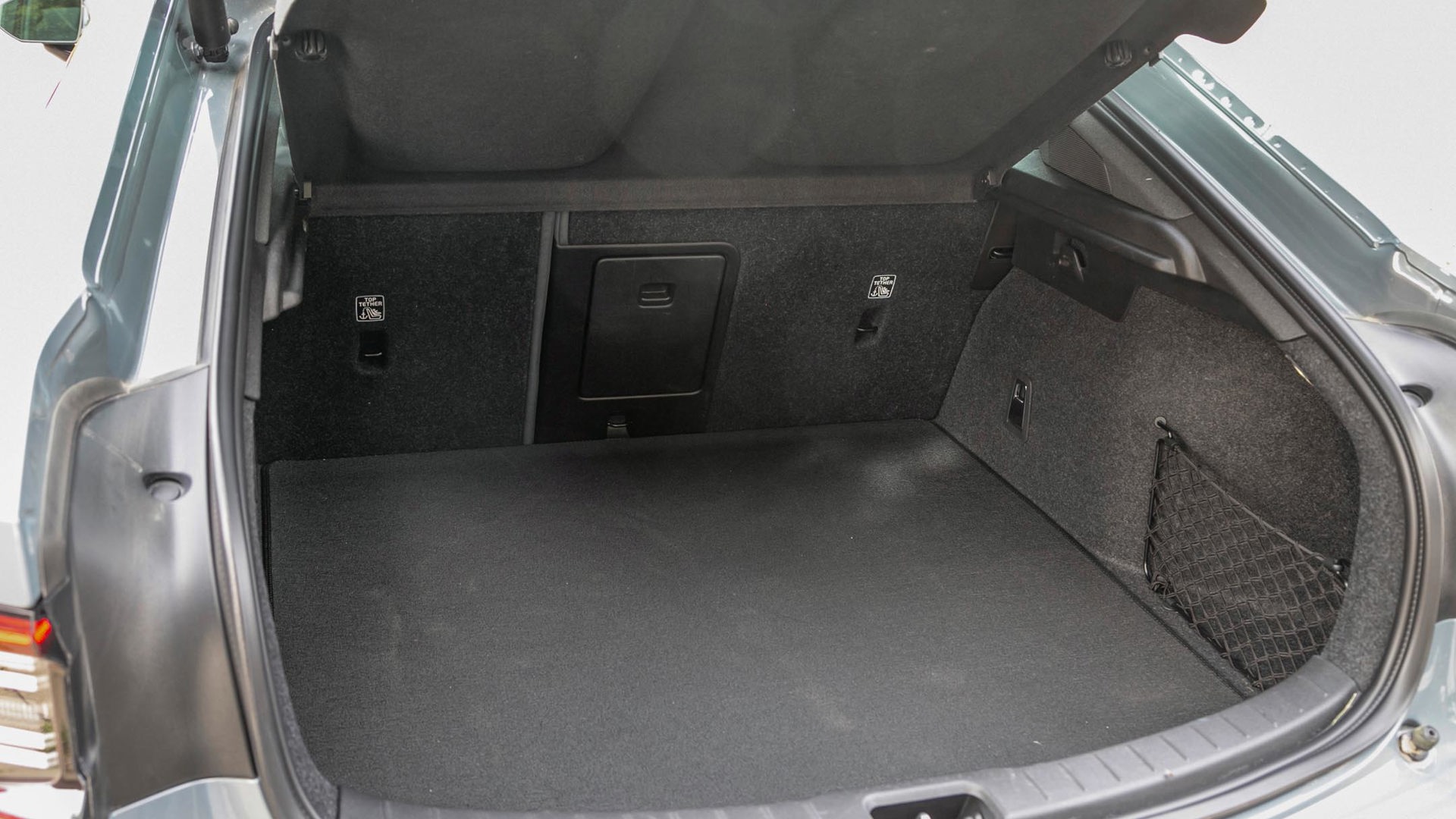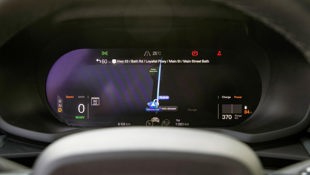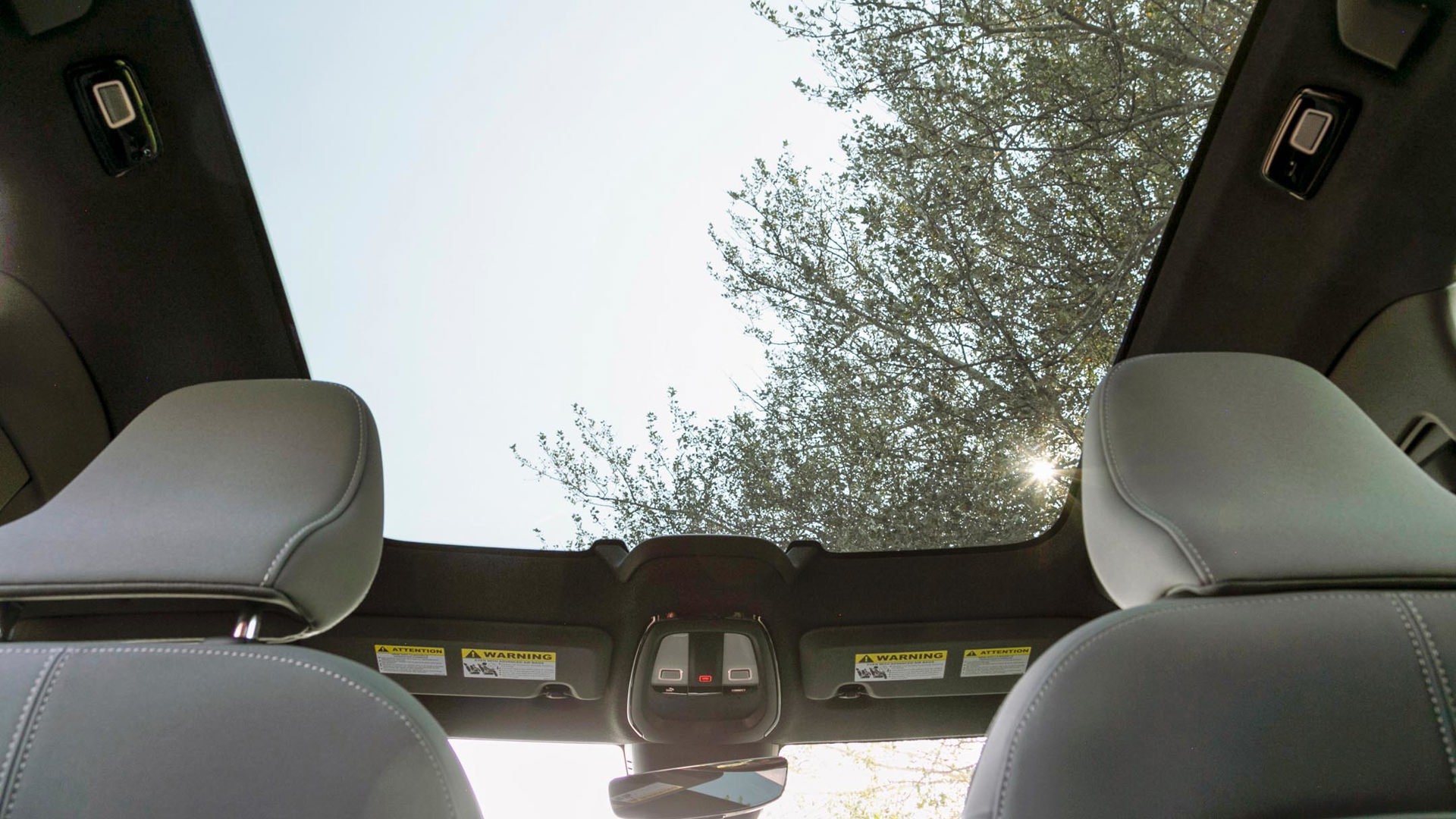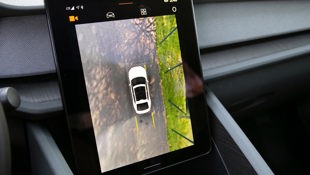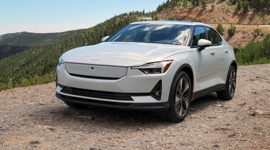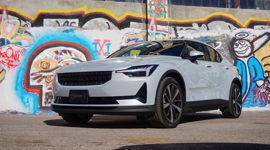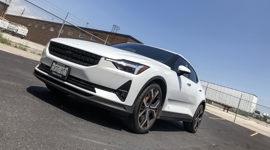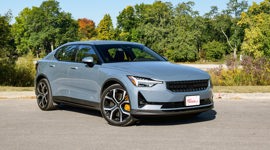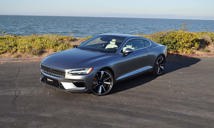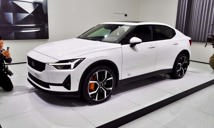 AutoTrader SCORE
AutoTrader SCORE
-
STYLING8/10
-
Safety9/10
-
PRACTICALITY8/10
-
USER-FRIENDLINESS9/10
-
FEATURES8/10
-
POWER7/10
-
COMFORT8/10
-
DRIVING FEEL8/10
-
FUEL ECONOMY9/10
-
VALUE7/10
Cleaning out my home office recently, I discovered a treasure trove of old car magazines I’d been saving.
The October 1992 issue of Road & Track featured the publication’s first electric car road test: an aftermarket conversion of a Honda CRX that ran on 28 12-volt lead-acid batteries. It delivered 336 volts of juice, and added 500 kg (1,102 lb) of mass, allowing for an optimized range of 210 km.
Of course, that was a one-off test mule and nearly doubling a CRX’s weight did no favours to its handling or braking, Even so, considering that was three decades ago, it was an impressive glimpse of what was to come.
Fast-forward 20 years to the November 2012 issue of Motor Trend and another little Honda was featured, this time a Fit EV from the manufacturer itself. That car was heavier, slower, and offered only 132 km of range, but at least it could be charged in three hours.
The 2022 Polestar 2 Single Motor bests those earlier EVs in every appreciable manner, and is a rolling showcase of just how far electrification has come in recent years.
Fuel Economy: 9/10
Despite the improved official ratings of 2.1 Le/100 km city, 2.3 highway, and 2.2 combined for 2022, the Polestar 2 Single Motor still consumes more energy than a directly competitive BMW i4, as well as a similar Tesla Model 3. Likewise, while this Polestar’s range (434 km) is improved versus the dual motor variant (420 km), the BMW i4 e40 boasts a range of 484 km.
In practice, having at least 400 km of distance means that with a home charger, daily commuting, errand running, and even short road trips can be easily managed. With modest speeds and sensible driving during mild weather, it was easy to exceed the official range by at least 20 km. During my test week, I made an overnight trip across the province and, after finding a functional public fast-charger, was able to charge up the bulk of the battery while taking a half hour to catch up on emails. Polestar claims a bump from 10 to 80 per cent is possible in 35 minutes at a 155-kW DC fast-charger.
Power: 7/10
Despite using the same the same 78-kWh lithium-ion battery pack as the dual-motor version, the single motor’s 231 hp and 243 lb-ft of torque are roughly half those of its all-wheel-drive sibling, and acceleration is affected accordingly, with the single motor claiming a zero-to-100 km/h time of seven seconds flat versus 4.5 seconds. Still, once the driver pushes through the first 10% or so of numb throttle travel, the single motor pulls smoothly, accelerating quickly with silent effortlessness, and offering decent passing poke when called upon.
Driving Feel: 8/10
Hard acceleration from a stand still can instigate some torque steer as the Polestar’s front wheels try to manage all of the instant twist. In damp conditions, it was easy to break traction.
Like most EVs, the Polestar’s steering offers very little communication or feel, it’s quick, and there’s no dead-spot on centre, giving this sedan a lively and responsive feel. The optional 19-inch wheel package comes with Michelin Primacy tires better known for their quiet, efficient touring than handling prowess, and yet they provided decent grip without a lot of squawking when pushed hard into corners.
The Polestar 2 offers a one-pedal braking mode that works well to slow the car progressively and hold it in place when stopped at a light or in traffic.
Practicality: 8/10
For a compact car, interior space is decent, offering seating for up to five adults. Outward visibility is good, and in spite of the misconception that all-wheel drive is an absolute necessity, with proper winter tires even this front-wheel-drive Polestar should manage most Canadian weather just fine.
Its liftback format means there’s a capacious cargo hold that’s easy to load and unload, and it offers greater flexibility with its split-folding rear seat. Plus, there’s a small frunk for more space, and Polestar even rates the Single Motor to tow up to 907 kg (2,000 lb), for those looking to haul a small utility trailer.
Styling: 8.5/10
The liftback format gives the Polestar 2 functionality and style. Polestar’s sense of style is one of its most endearing traits, with a typically Scandinavian sensibility to it. The few Volvo-cribbed design elements (like the Thor’s hammer front LED light treatment) are handsome additions, and otherwise the simplicity of the design really works.
Up front, the grille is simply a solid plastic piece, but with enough texture moulded in to at least look like a proper grille (countering the odd, smooth surface noses of cars like the Tesla Model 3). With only the Polestar logo affixed to the nose and tail, and no wordmark or model branding, I was approached repeatedly by passersby wondering what it was they were looking at.
Inside, the clean, simple design language continues, but it’s the material choices – such as the textured plastics and woven fabric on the dashboard and door panels – that really stand out and make the Polestar’s cabin feel more special than some competitor models.
User-Friendliness: 9/10
The cockpit’s slick style is functional, too, with the minimalist design relying heavily on the 11.2-inch vertical touchscreen. Normally I’m quick to gripe about glass control setups, but credit to Polestar – this system works well, with a responsive infotainment system operating via user-friendly menus. Mercifully, there’s even a large volume knob that allows for quick audio adjustments from either front seat.
Polestar was the first company to implement Google’s automotive suite, and it works very intuitively. As a fan of Google Maps, having it as the default navigation system in the car is a big win, but it’s made even better with functionality that can calculate battery range and recommend charge points along a given route. Apple CarPlay and Android Auto are available, too.
Without an ignition button, a driver simply gets into the car, buckles up, and picks forward or reverse to start driving. Similarly, placing the car in park and getting out is all that’s required to shut it down. It takes a bit of getting used to, but the convenience becomes evident after a short time spent getting in and out.
The rest of the driver experience is a positive one, with steering wheel controls that are sensibly laid out, and great outward visibility all around.
Features: 8.5/10
Despite being the entry-level Polestar 2, this tester was optioned as a very well-equipped car. While the slick infotainment system with Google interface is standard fare, many of the interior niceties are an added cost. Still, the optional interior finishes, LED lights treatments, wireless phone charger, fixed panoramic sunroof and impressive sound system all helped give the tester a premium feel. There’s a heat pump, advanced cabin air filters, and heated steering wheel and seats front and rear, but all of it is found through the options list.
Comfort: 8/10
I’ve never met a Swedish-designed car whose seats I didn’t love, and this Polestar sticks with that tradition. While quite firm they’re supportive in all the right ways, offering good bolstering for the corners, and extendable under-thigh support for long road trips. Headroom betters the competition up front, but falls short of the Tesla Model 3 in the back seat. Similarly, rear legroom is decent but not quite as generous as what’s in the Model 3 or BMW’s i4.
The ride is firm, allowing for its sporty handling, and the 19-inch wheels transmit a fair bit of road imperfection impact to the cabin, (the optional 20-inch wheels would surely be worse), but the suspension still soaks up the worst of the bumps.
Even at highway speeds, both wind and road noise are muted, and without an engine revving away, mechanical noise is non-existent. Better still, the pragmatists at Polestar didn’t see the need to create digital sounds to accompany the drive experience, so the cabin ends up being a wonderful, serene spot to enjoy that premium audio system.
Safety: 9/10
Unsurprisingly, as Volvo’s sister brand, safety is a big factor for Polestar. While neither the United States National Highway Traffic Safety Administration (NHTSA) nor the not-for-profit Insurance Institute for Highway Safety (IIHS) have published crash-test results for this model, European officials gave it a five-star rating. It’s loaded up with both passive and active safety features, including nine airbags, lane-keeping assist, and various front and rear pre-collision sensors and mitigators. Adaptive cruise control and a camera system to read road signs and detect vehicles, pedestrians and cyclists are available, too, as is parking assist and a blind-spot monitoring system with evasive steering assist.
If there was a criticism it would be that with safety being such a core foundation of the brand, these features should all be standard fare.
Value: 7/10
With a starting point of $56,250 including freight, the Polestar 2 Single Motor undercuts the most affordable Tesla Model 3 by a few grand. However, the Tesla includes a number of standard features that require options packages from Polestar. BMW’s upcoming i4 eDrive35 will ring in at just a little less, meanwhile
The Polestar 2 Single Motor does feel like a premium offering when costly options have been added, with this tester tallying $68,150 before tax. Competition is exploding onto the scene from all sides, and for about the same price BMW’s i4 eDrive40 offers more performance; and even sibling brand Volvo’s XC40 Recharge and C40 Recharge offer the same powertrain, more interior space, and a greater dealer network.
The Verdict
The 2022 Polestar 2 Single Motor is a genuinely pleasing car that’s easy to live with. It’s smooth, stable, and decently fun to drive, even in its basic front-wheel drive format; plus its handsome styling and exclusivity garner a lot of positive response from fellow motorists. What’s more, it’s rolling proof of just how far electrification has come in mainstream automobiles. But while its starting point pricing make it a pretty compelling offering, the options packages required to make it truly competitive drive it to a price point that sees it facing some formidable competition from BMW, Tesla, and even its own sister company, Volvo. Shop wisely.
| Engine Displacement | 170 kW |
|---|---|
| Engine Cylinders | Single motor, FWD, 78-kWh battery |
| Peak Horsepower | 231 hp |
| Peak Torque | 243 lb-ft |
| Fuel Economy | 2.1 / 2.3 / 2.2 Le/100 km, 18.5 / 20.9 / 19.6 kWh/100 km cty/hwy/cmb, 435 km est. range |
| Cargo Space | 405 L |
| Model Tested | 2022 Polestar 2 Single Motor |
| Base Price | $53,950 |
| A/C Tax | $100 |
| Destination Fee | $2,300 |
| Price as Tested | $68,250 |
|
Optional Equipment
$11,900 – Thunder paint, $1,500; Pilot package, $4,700; Plus package, $5,700
|
|
